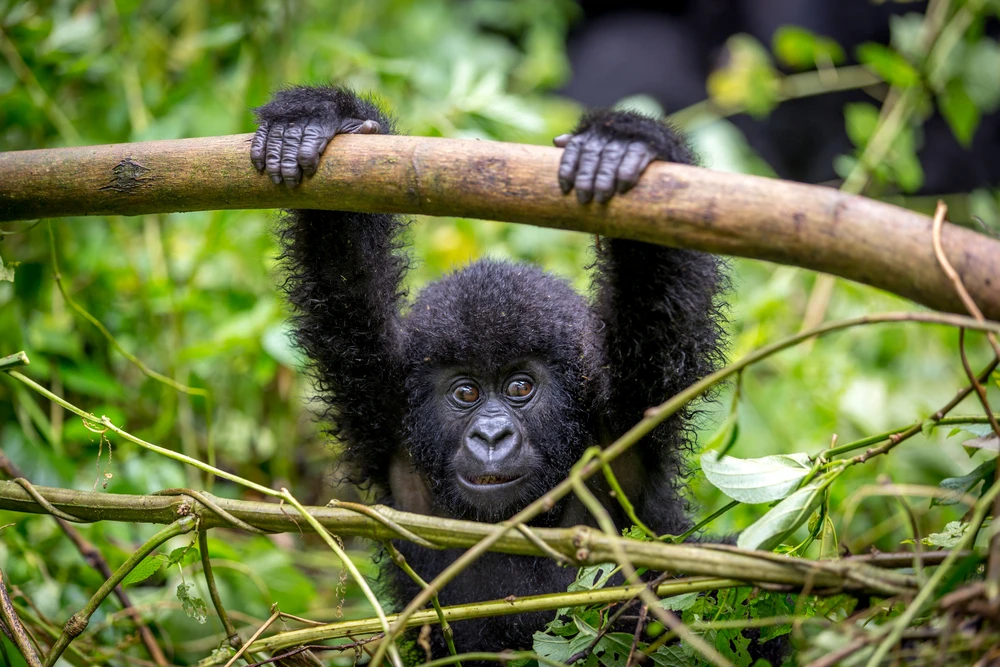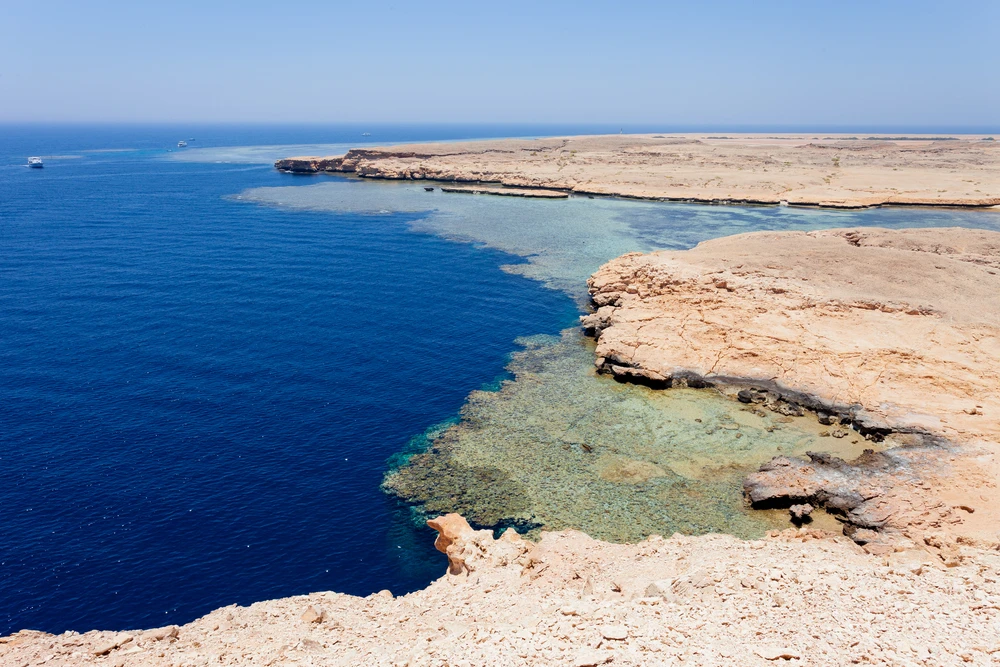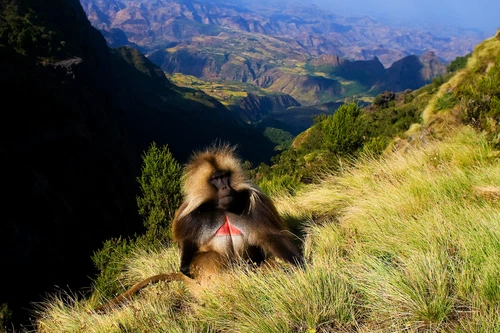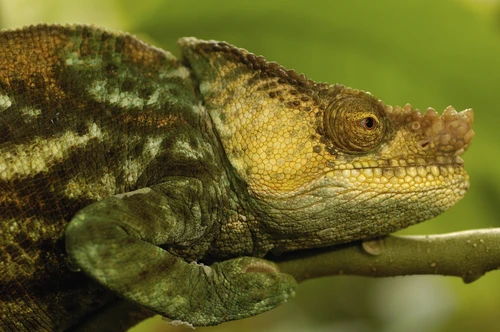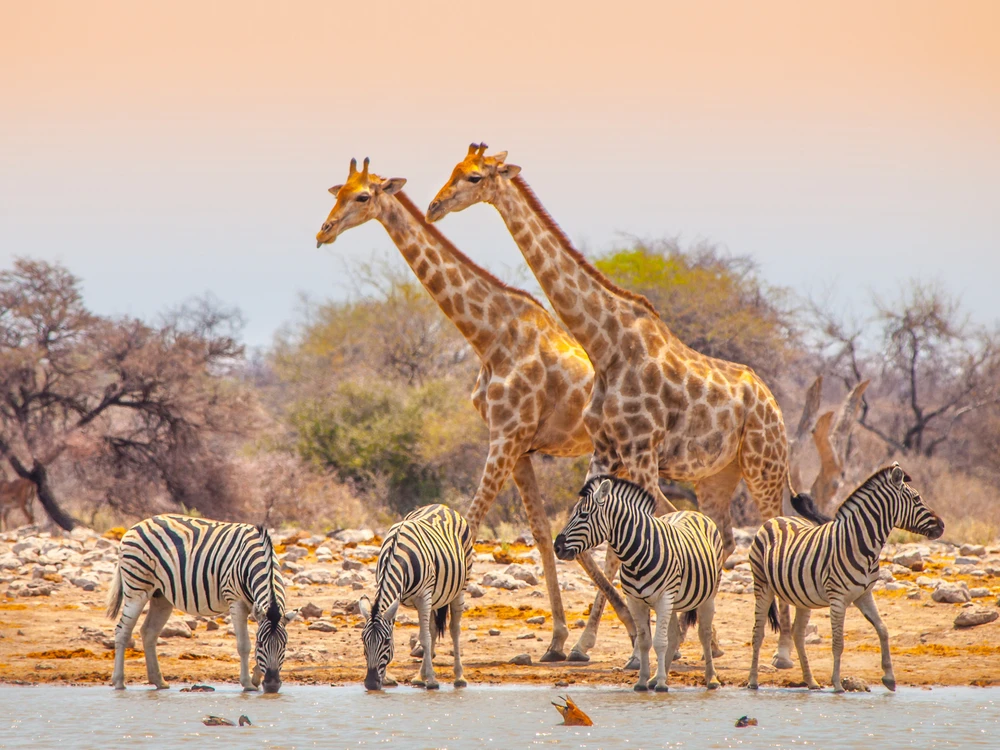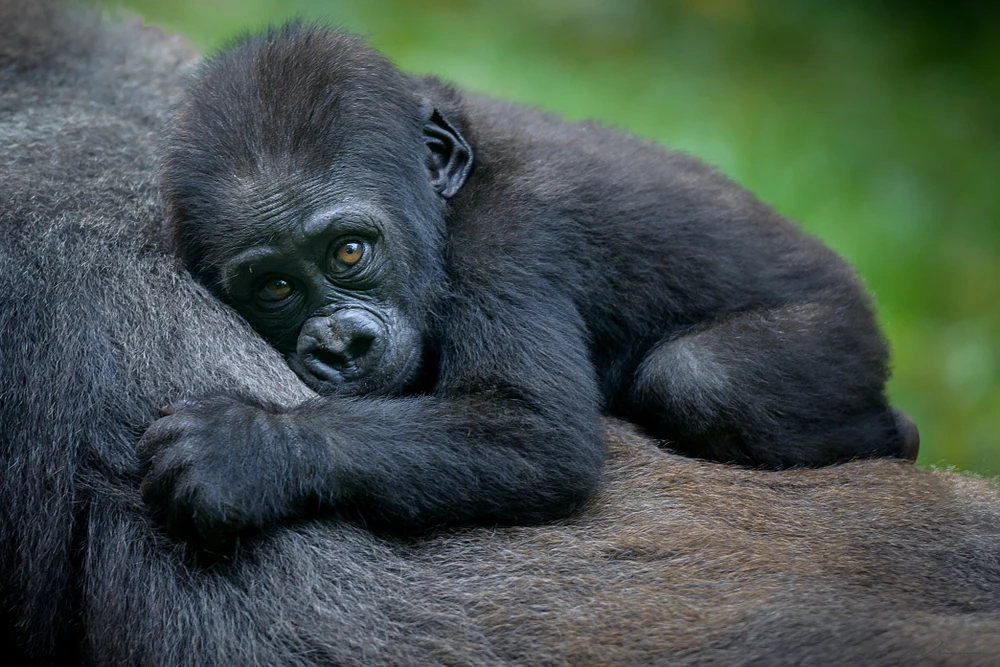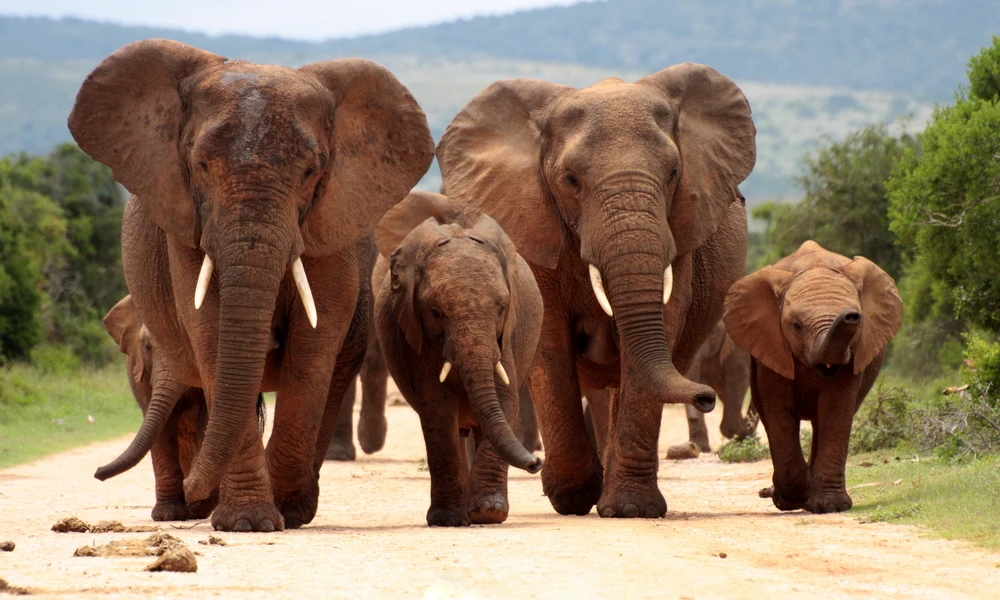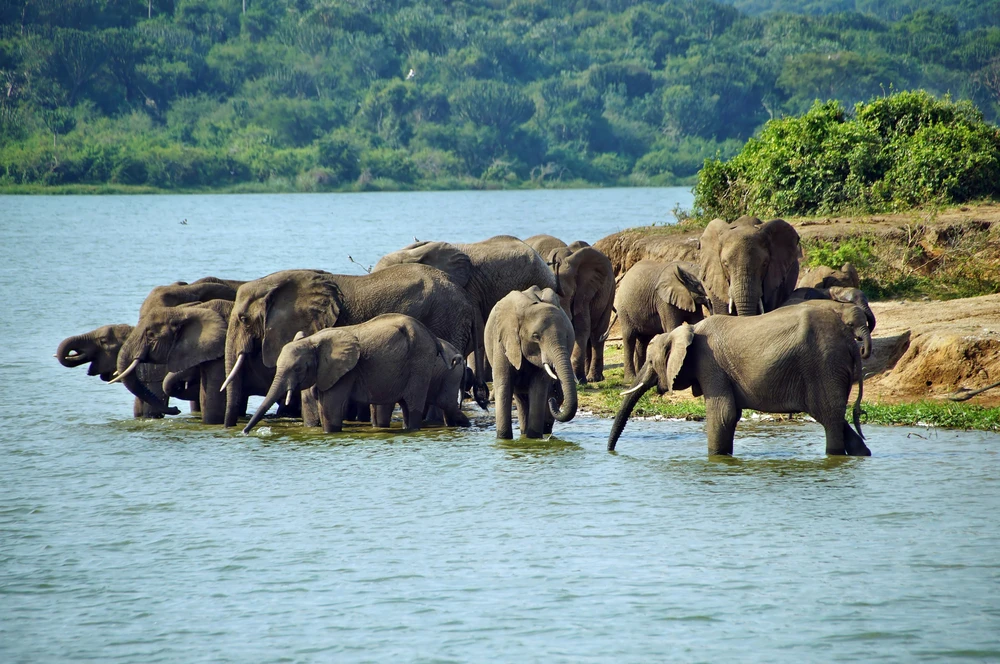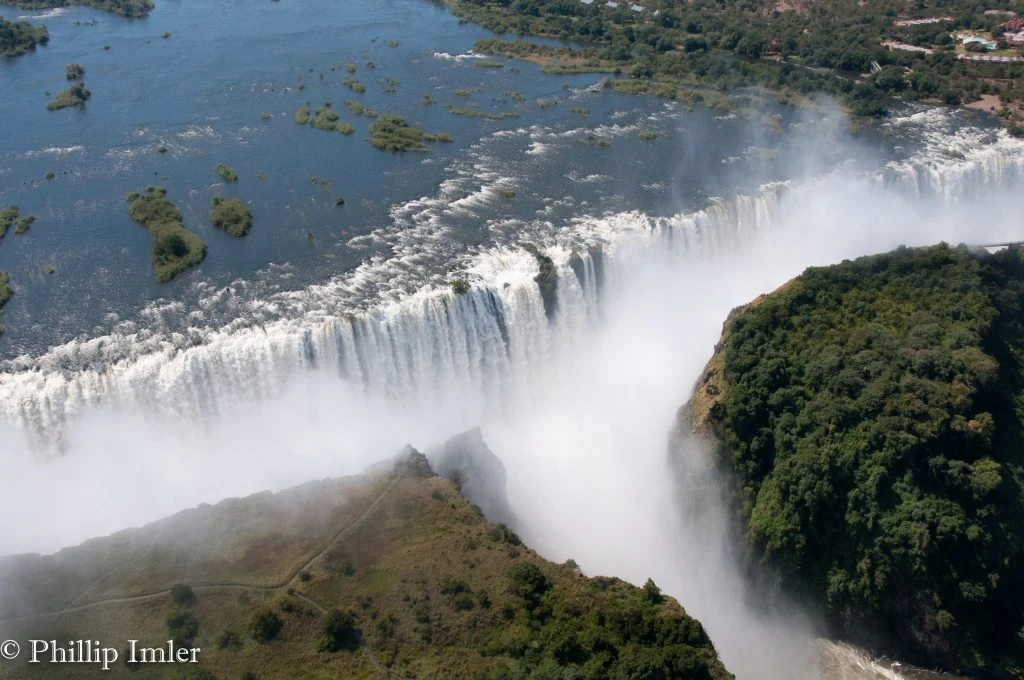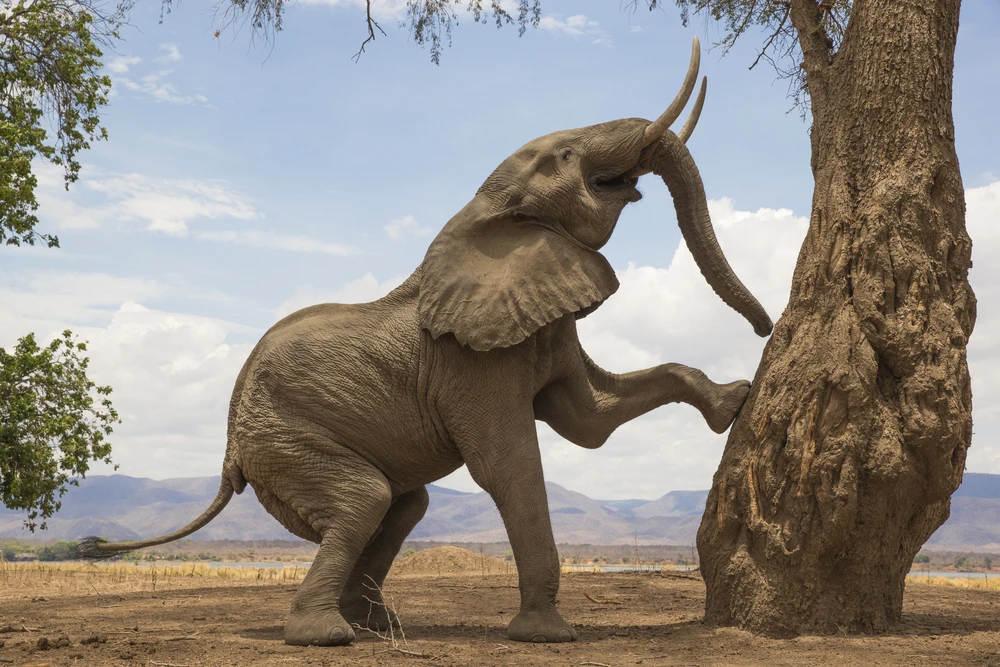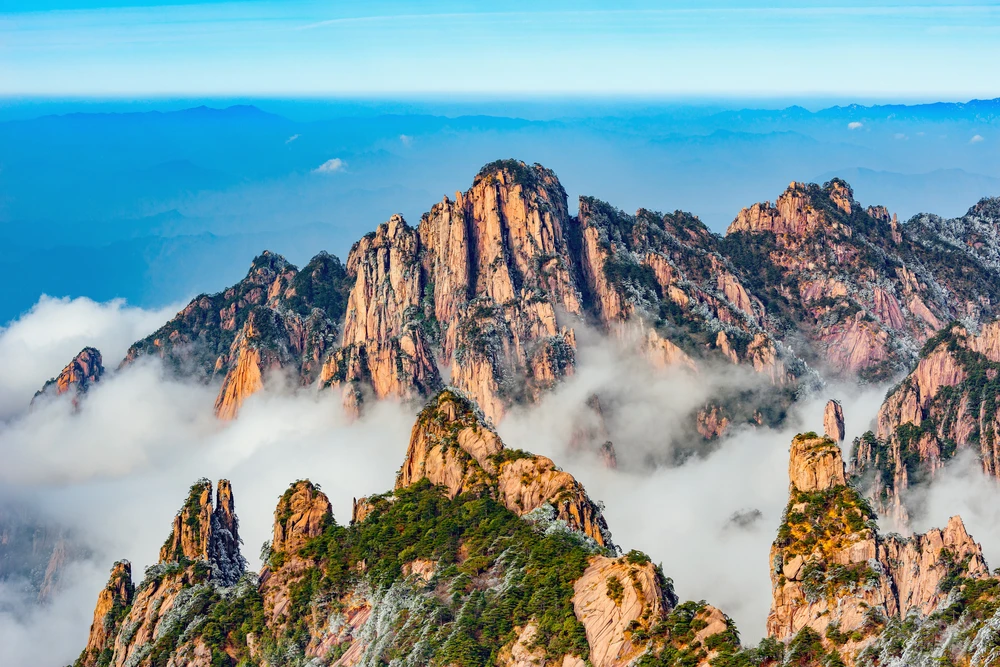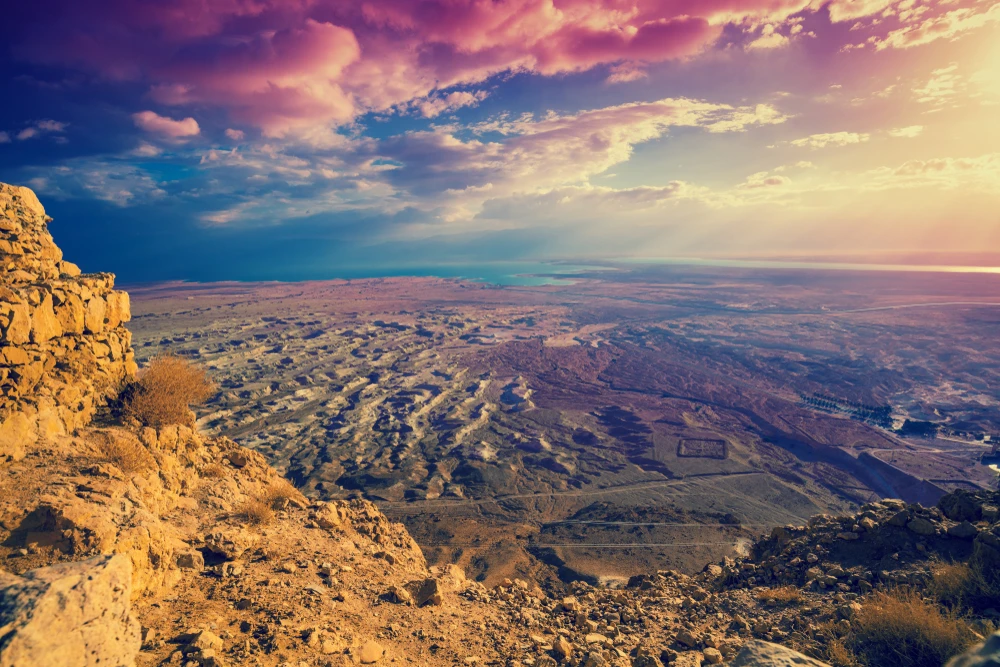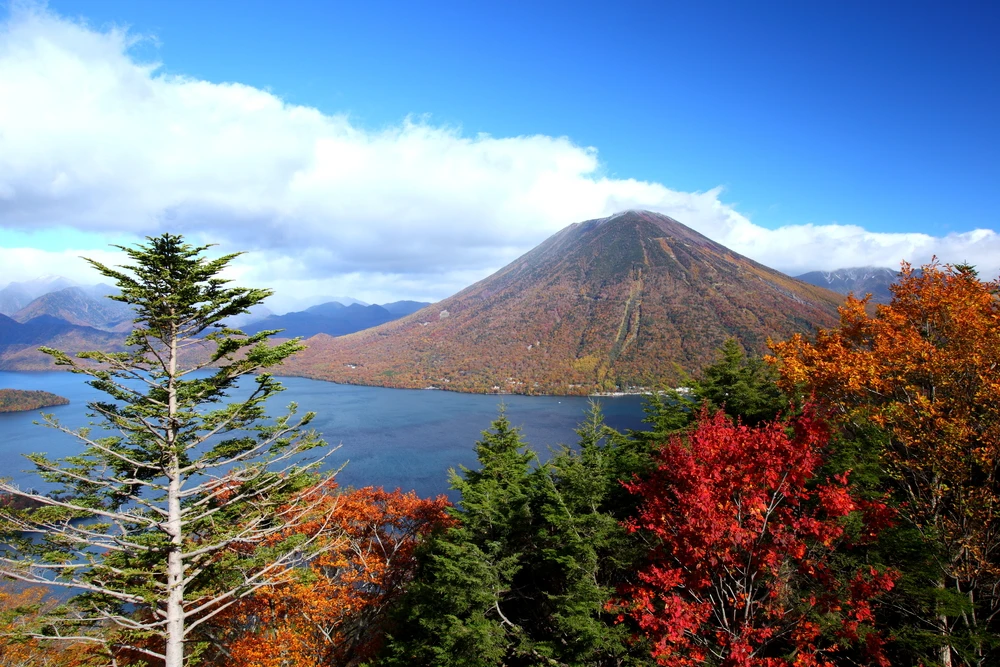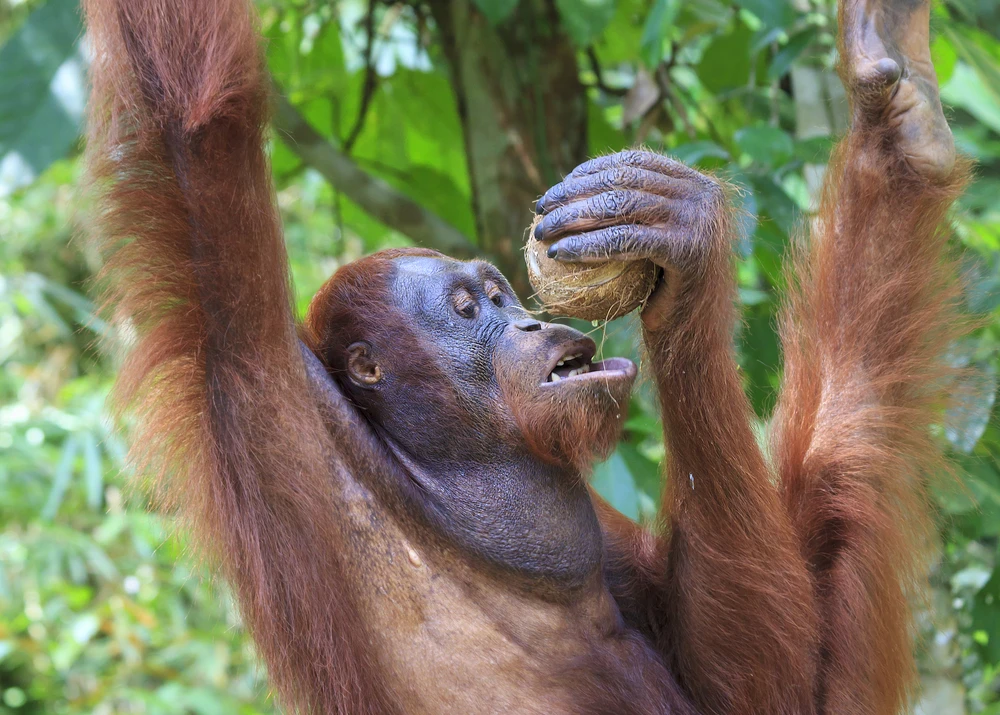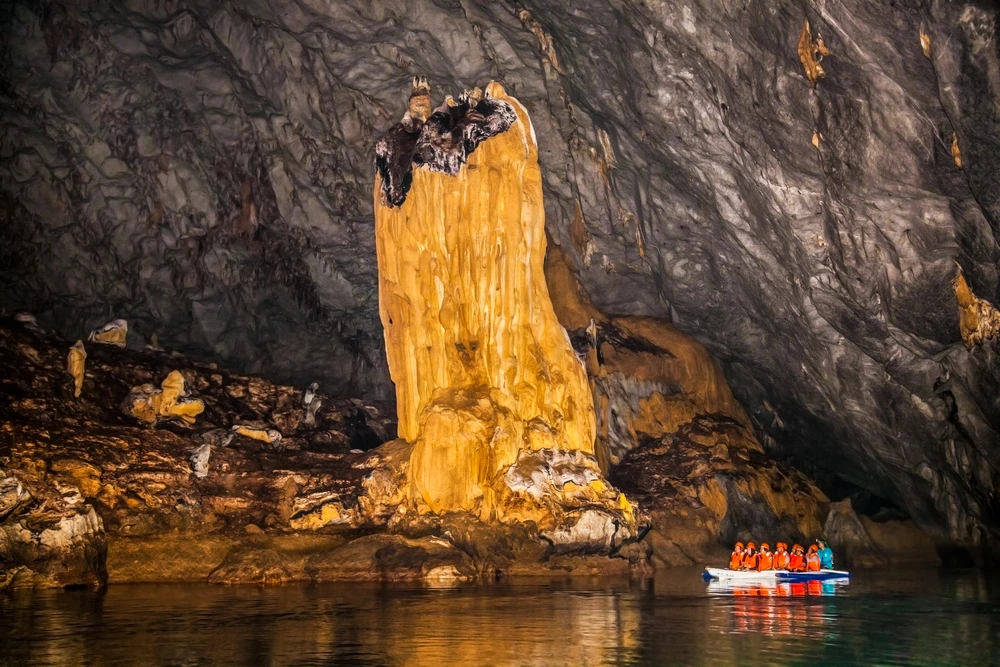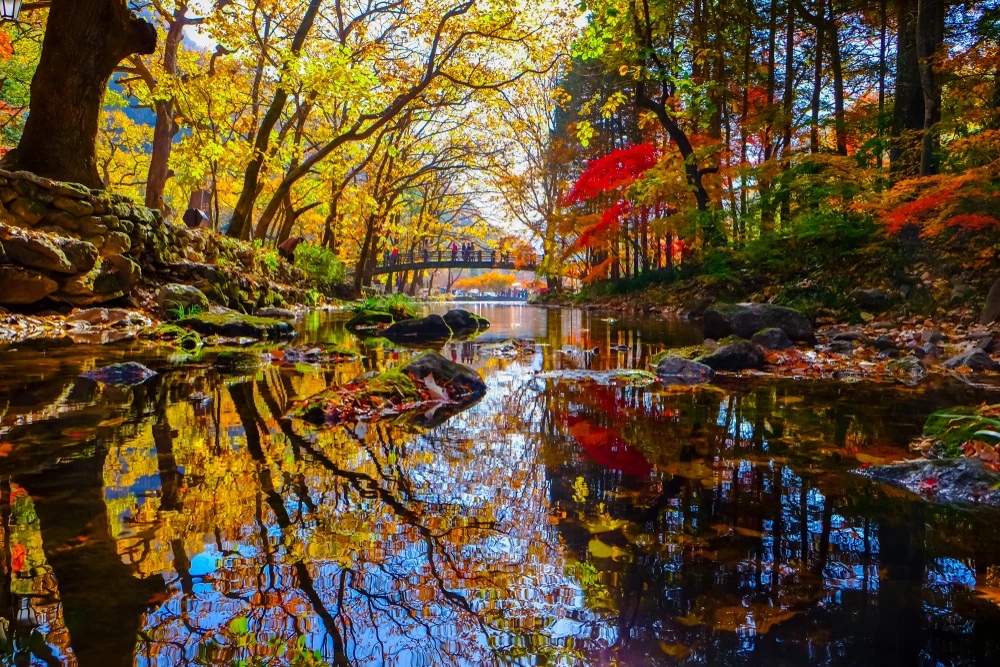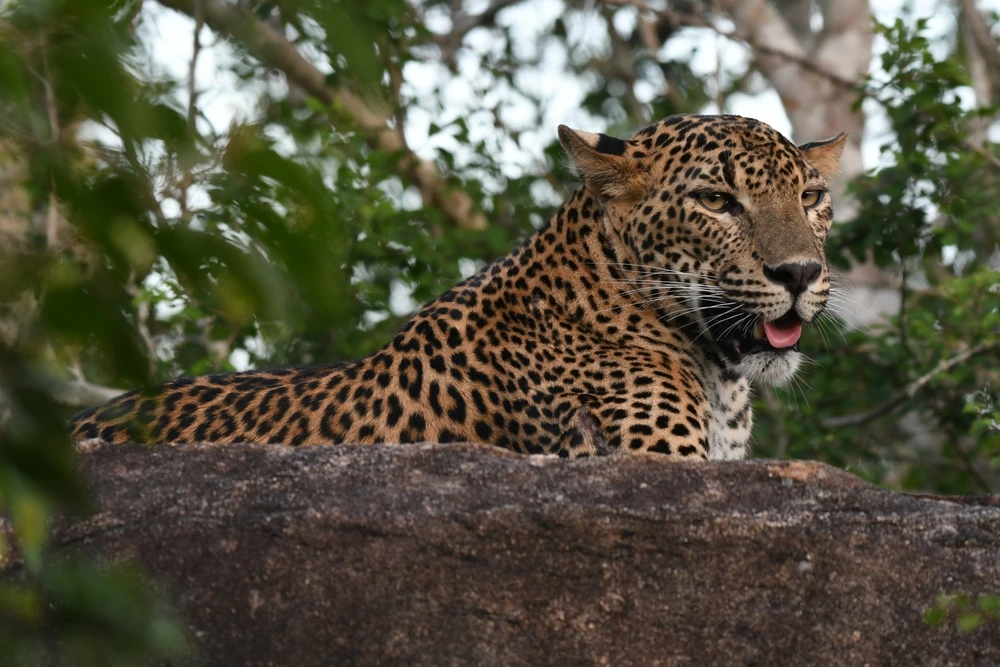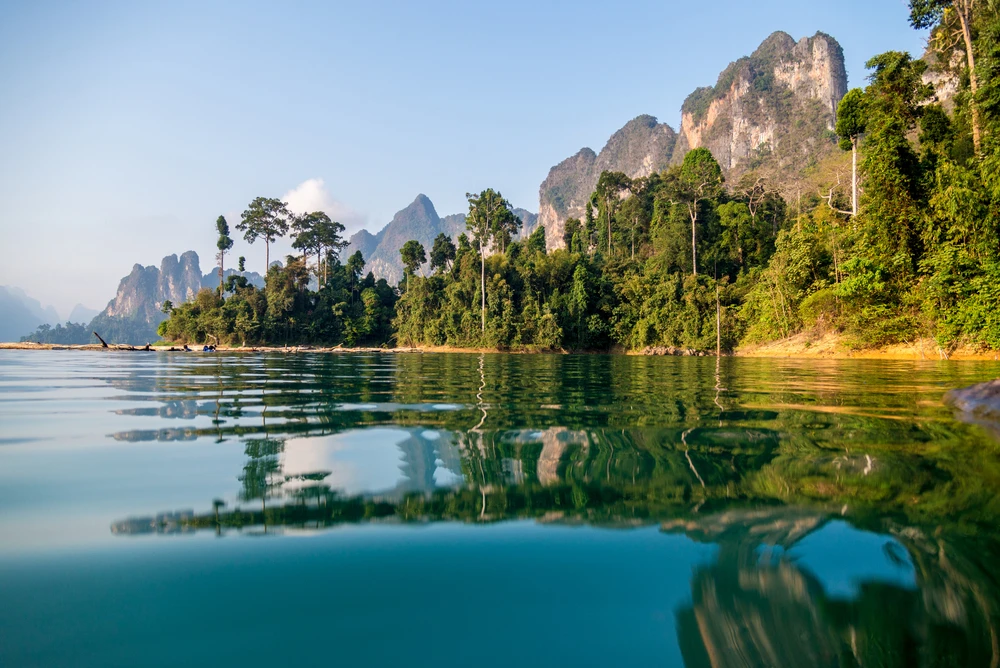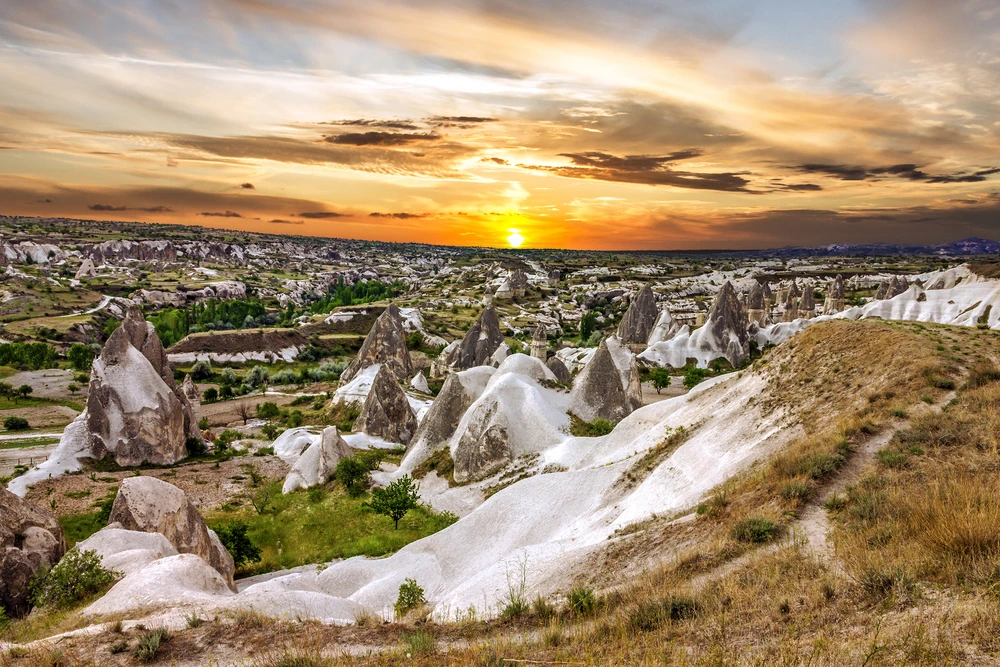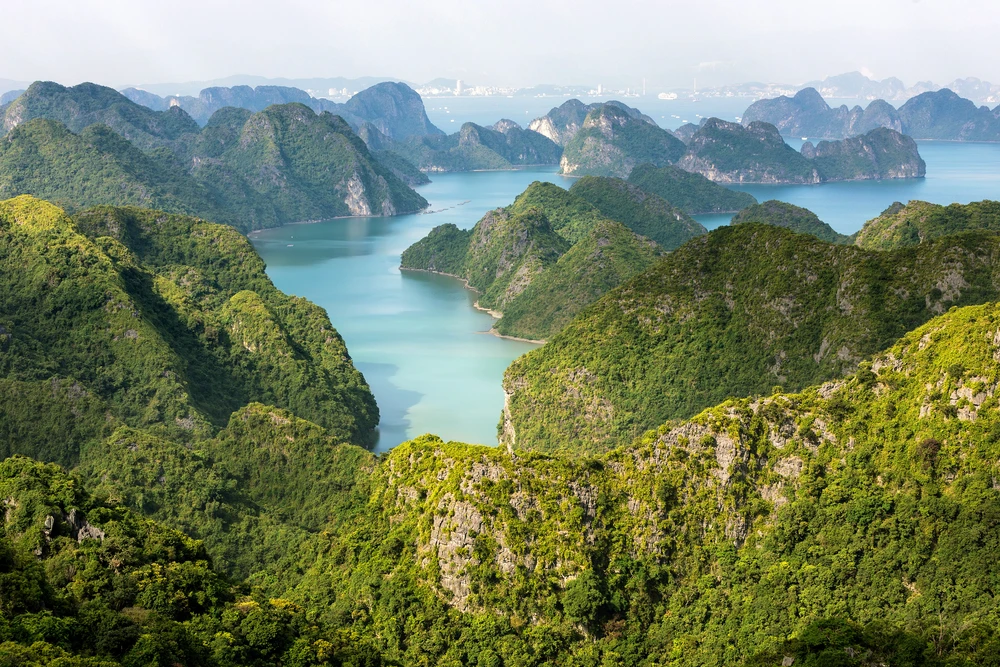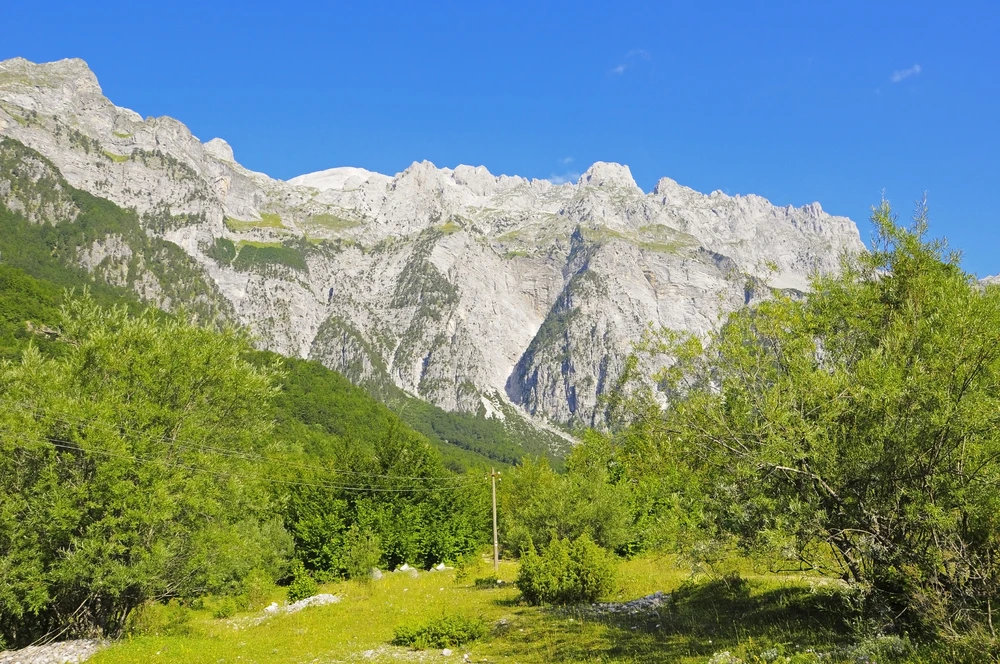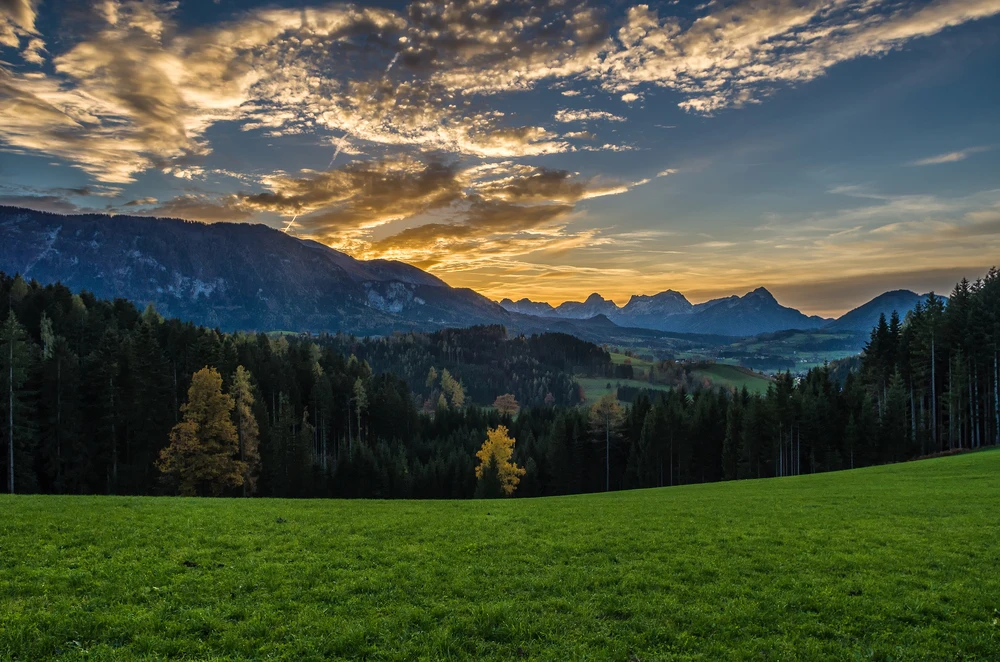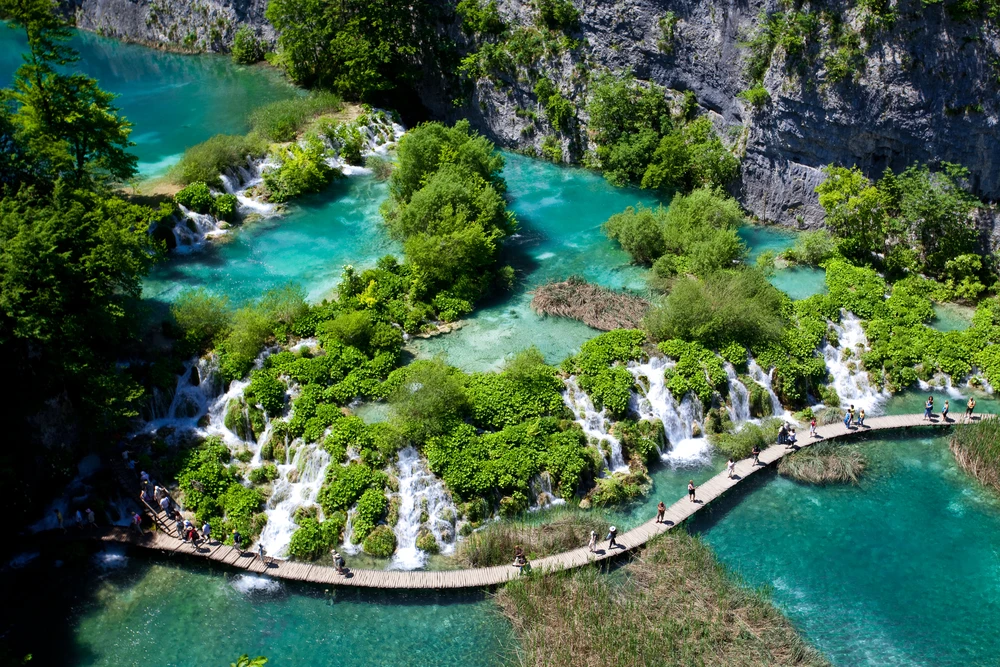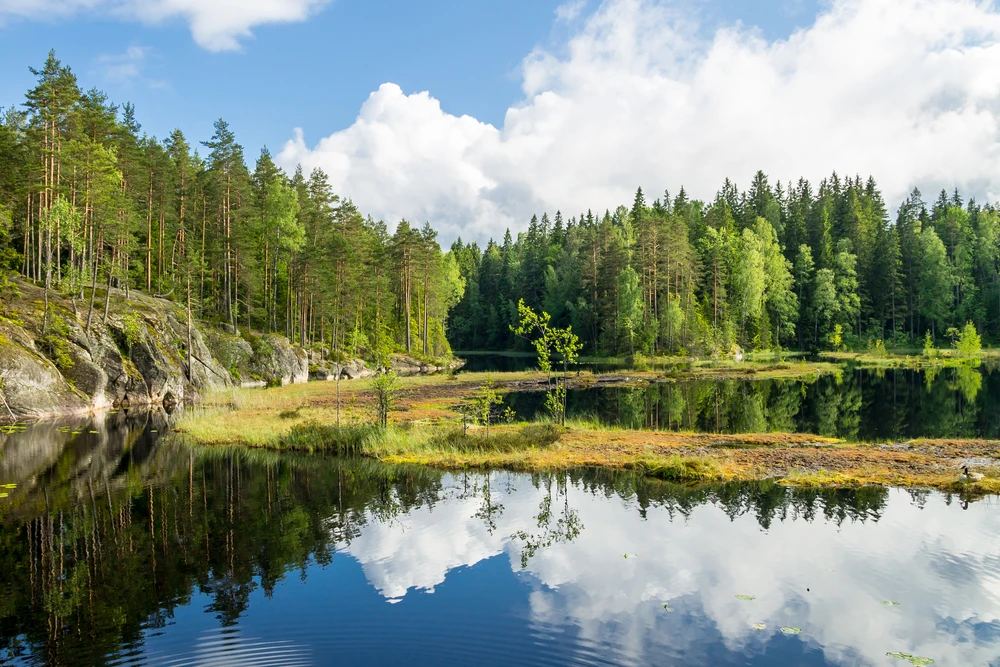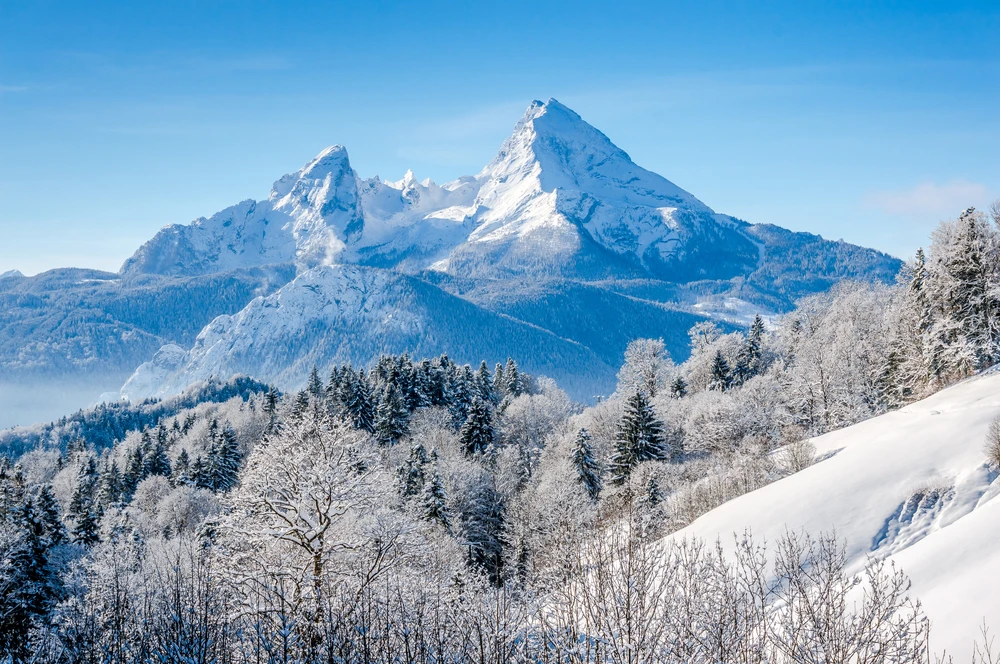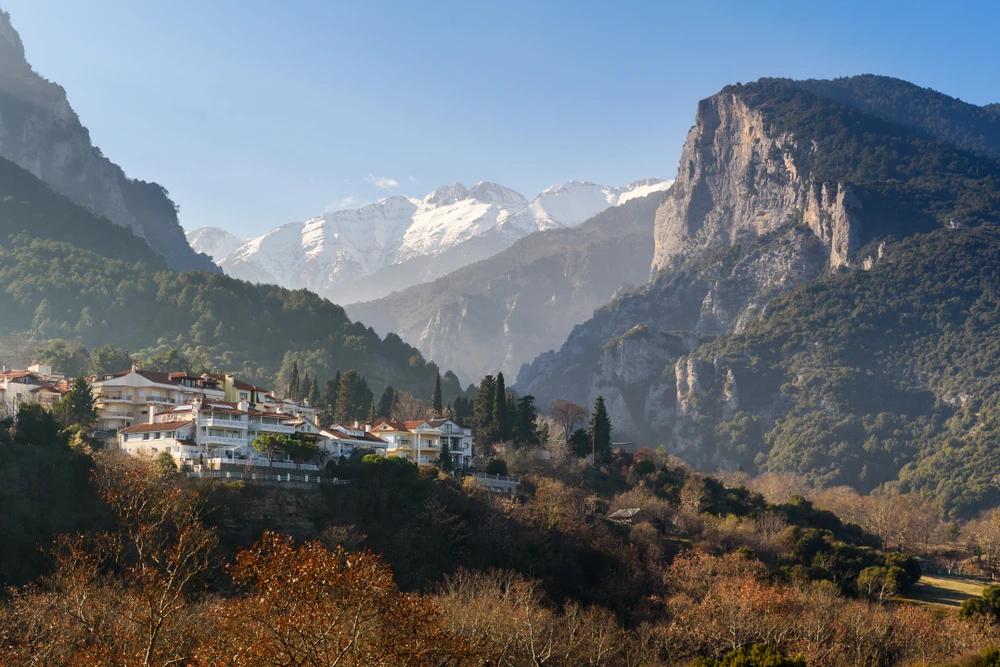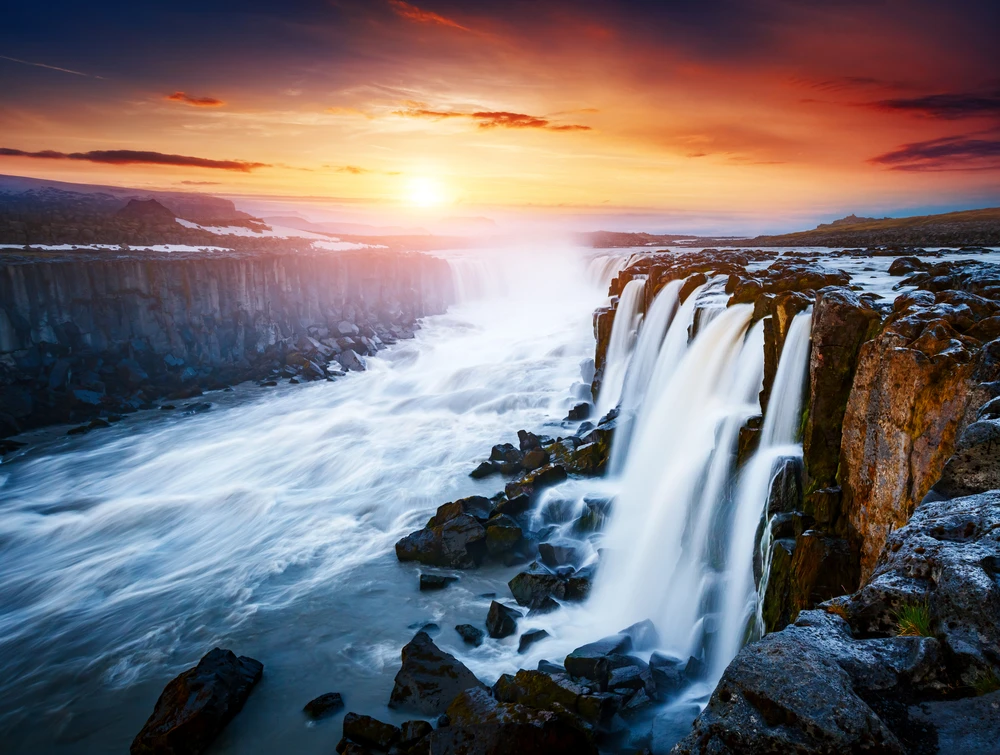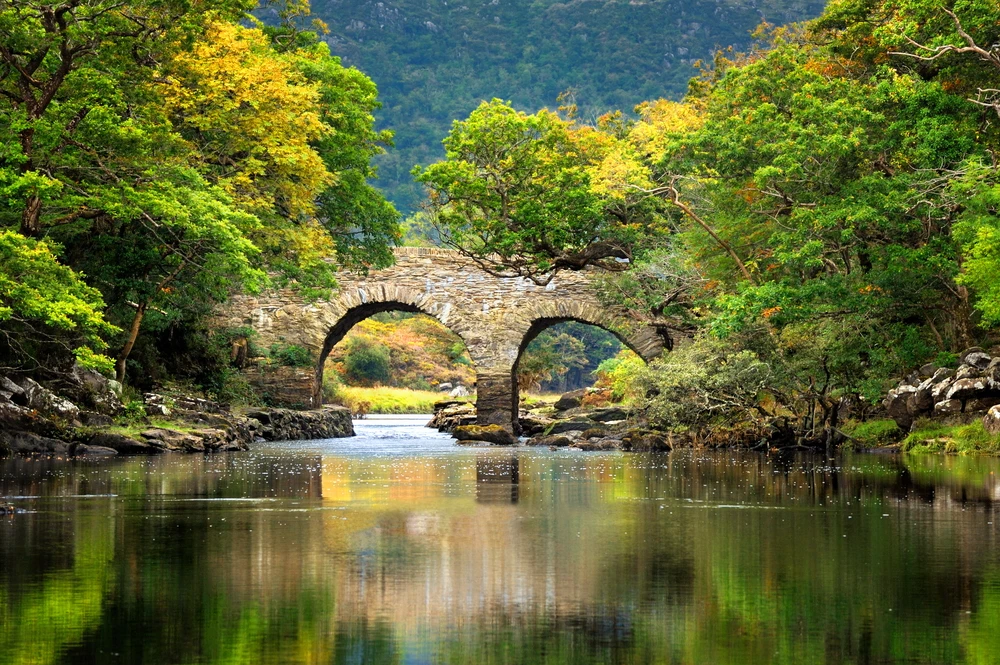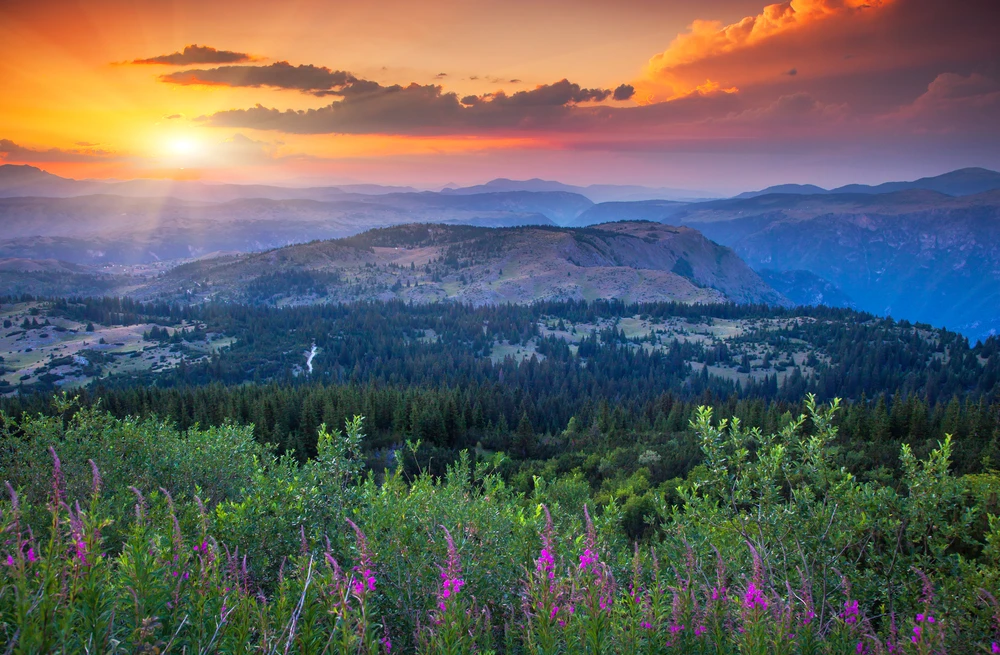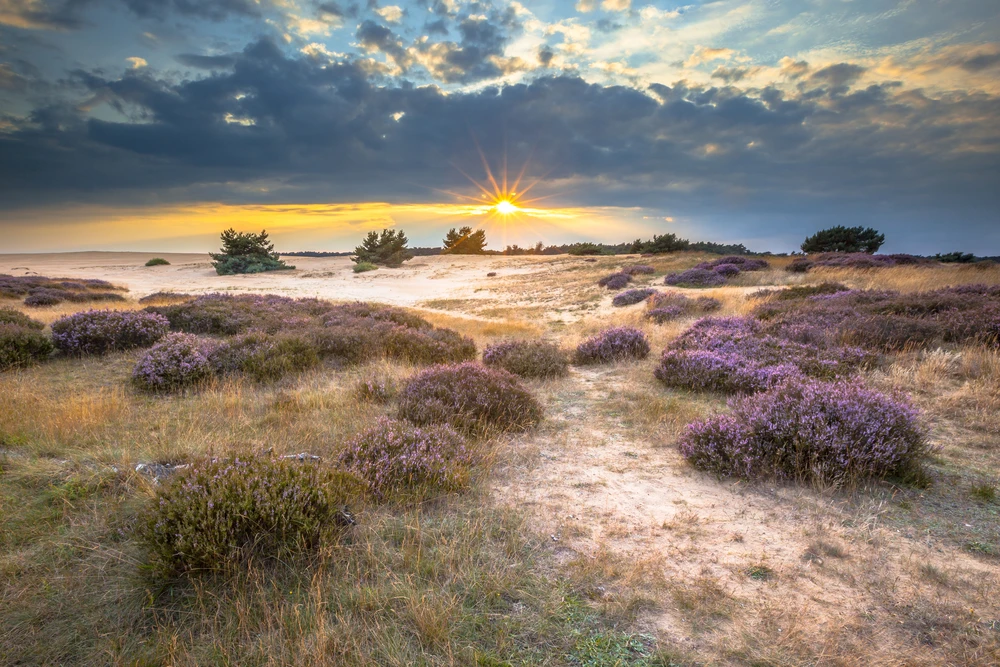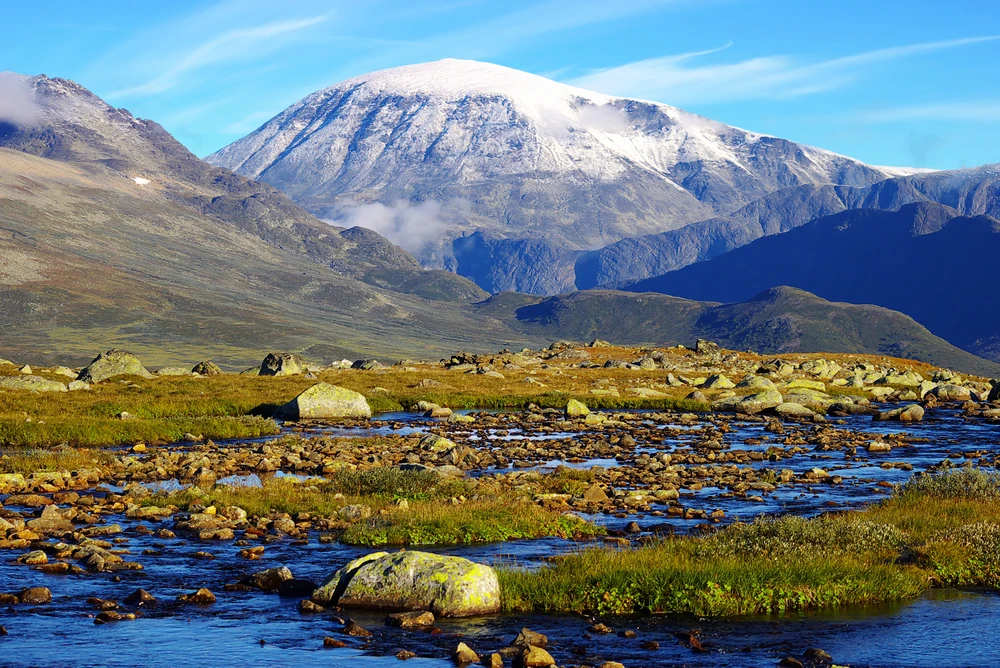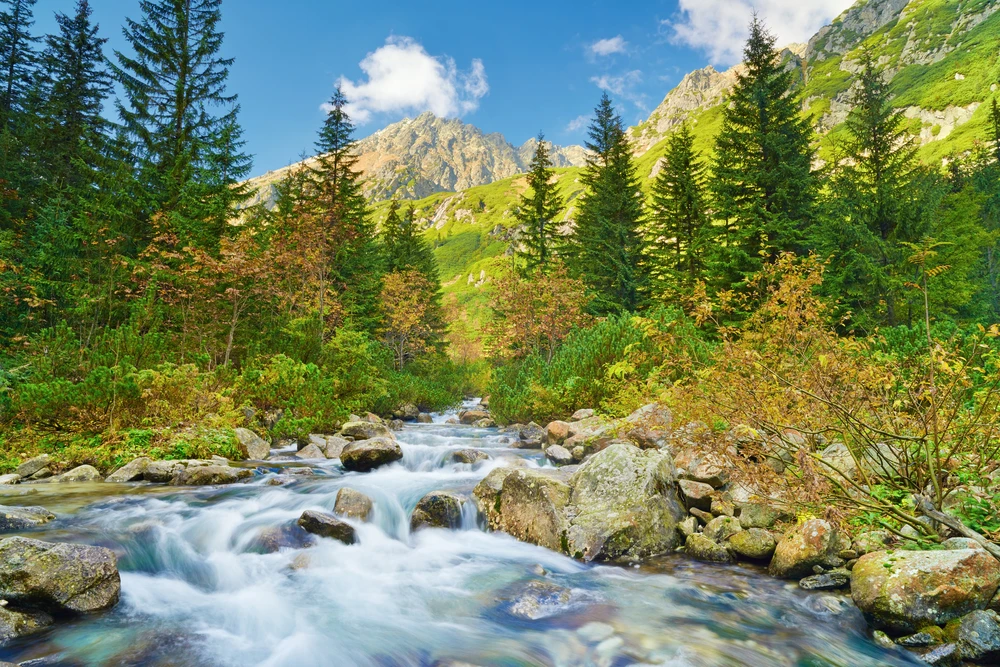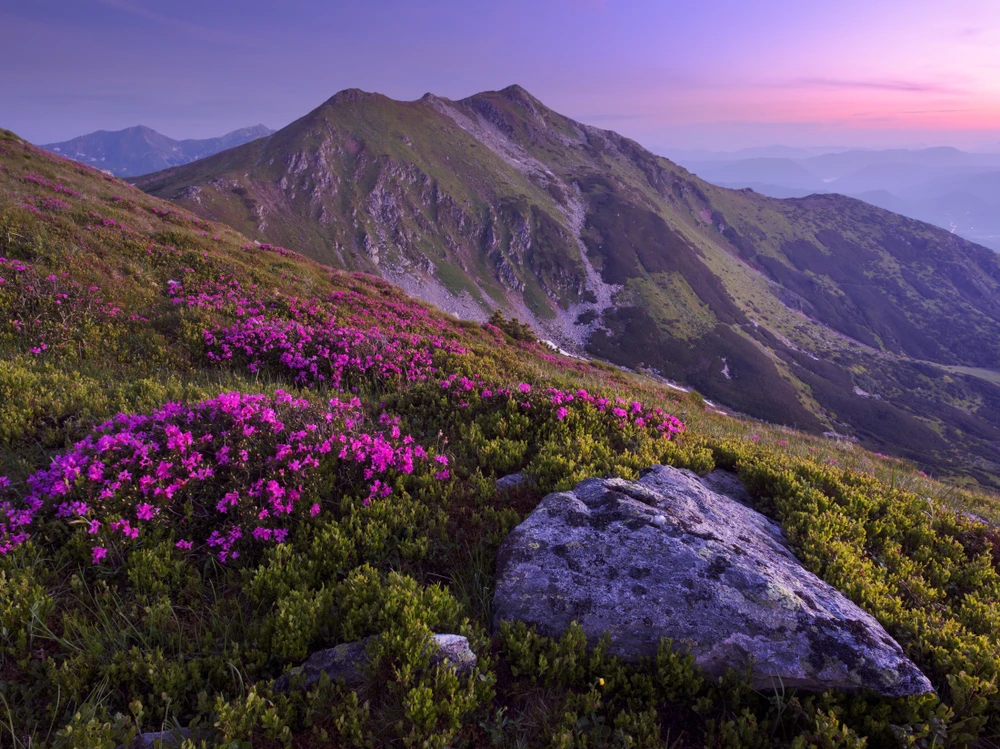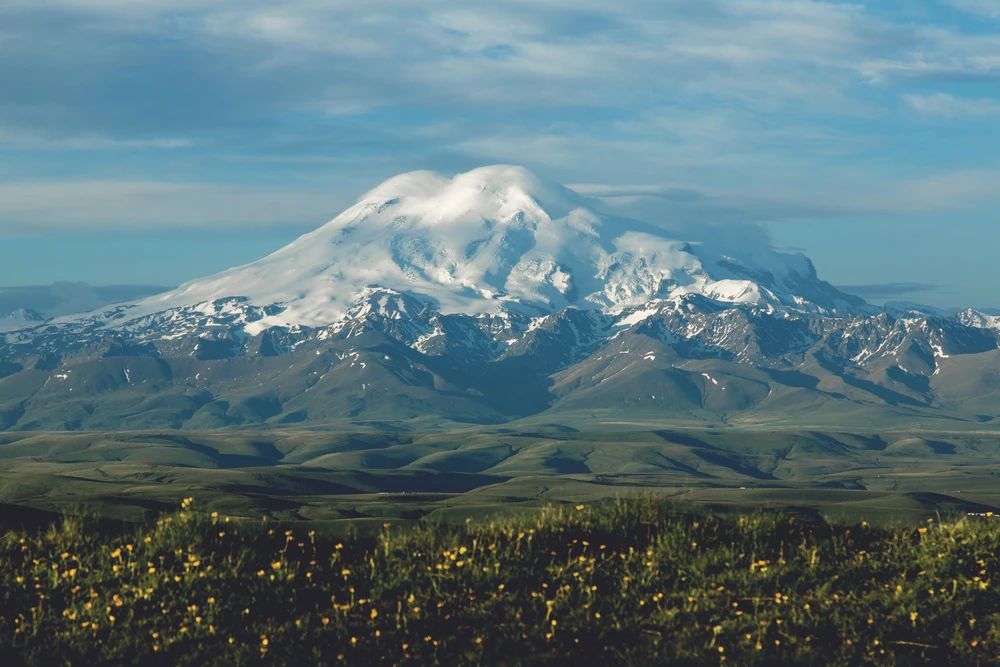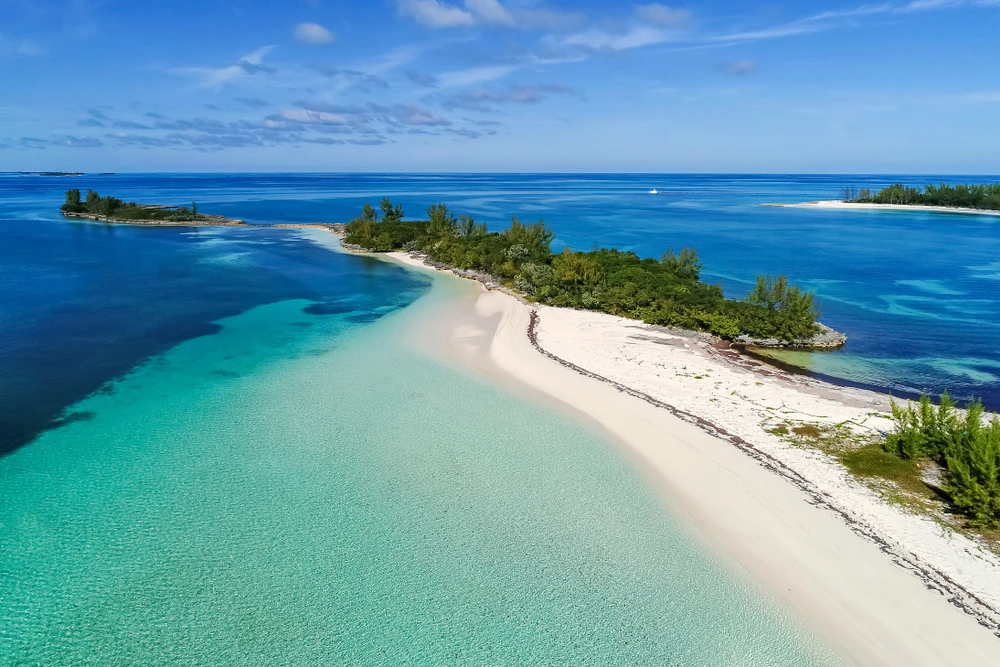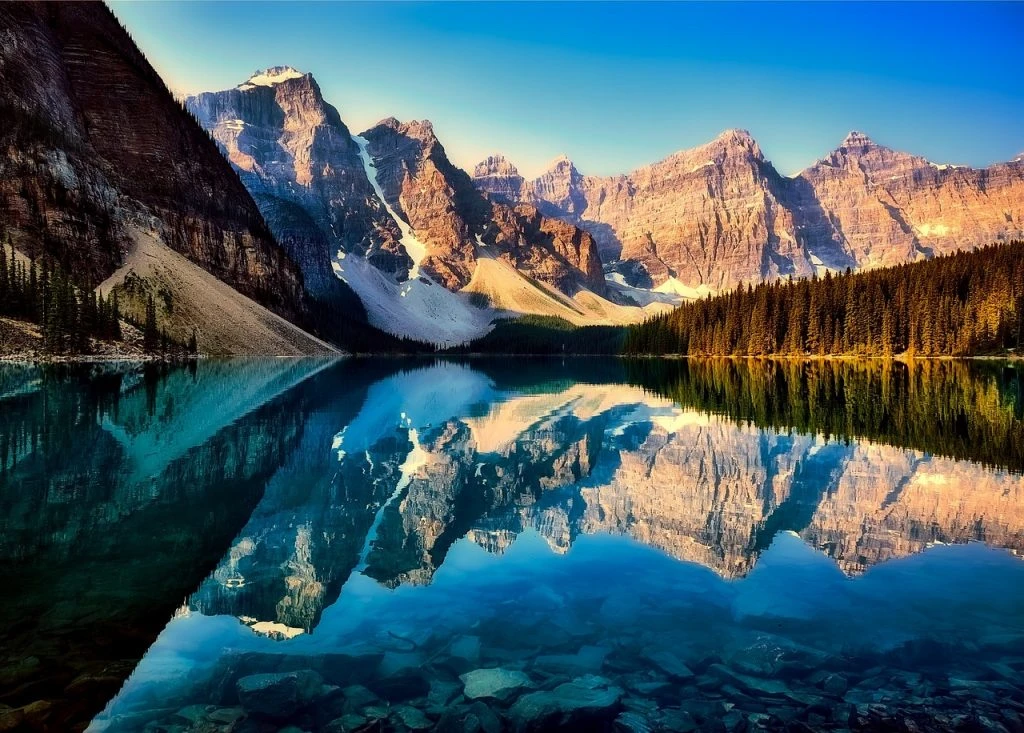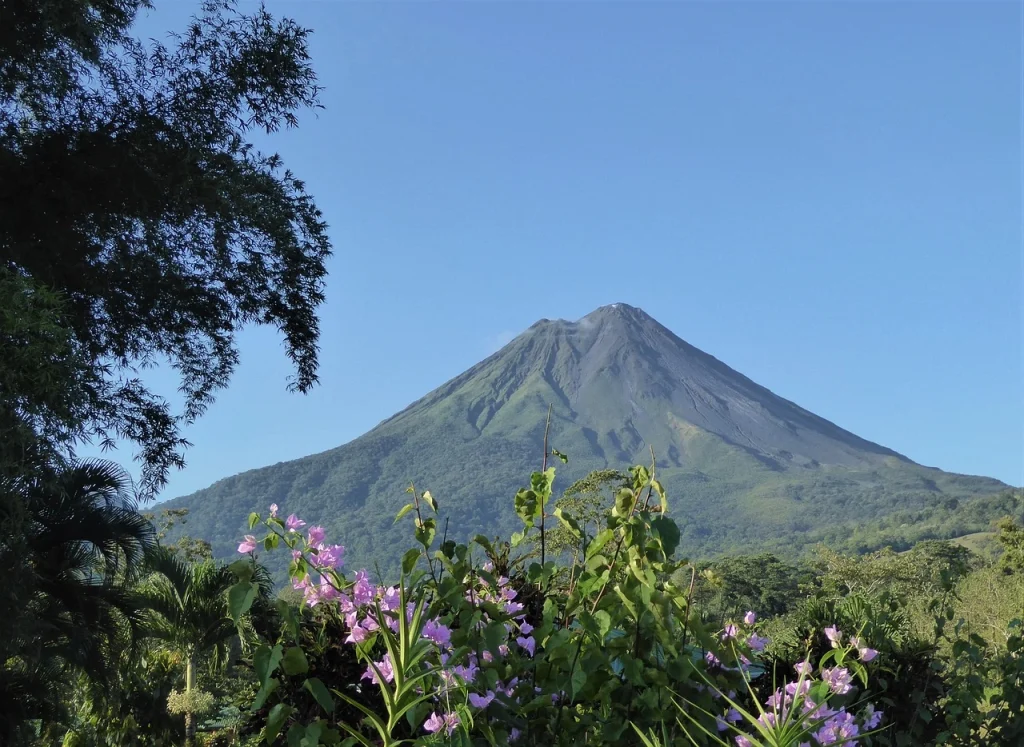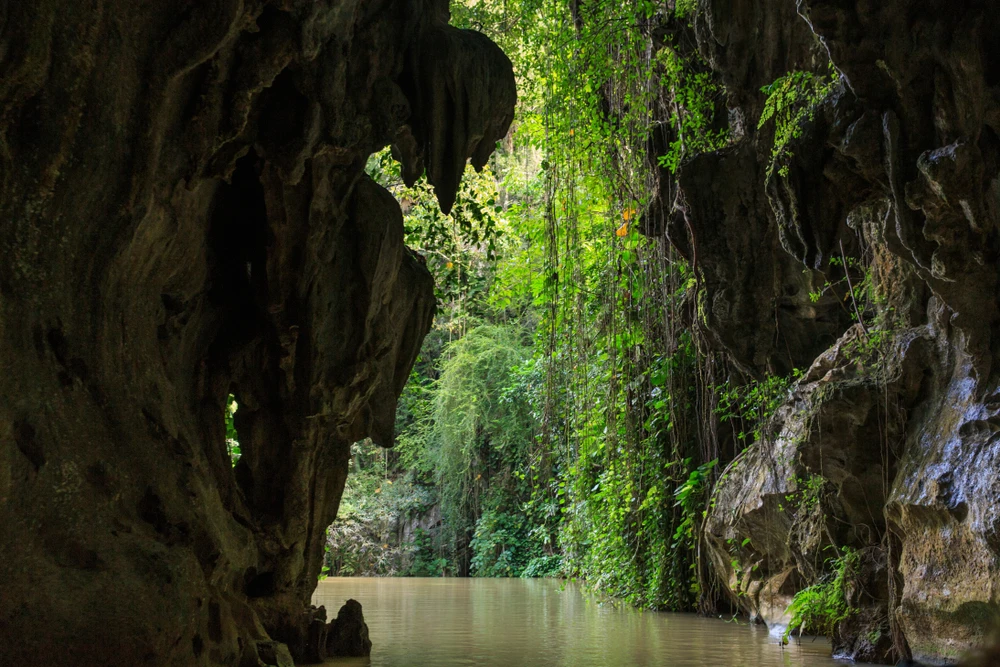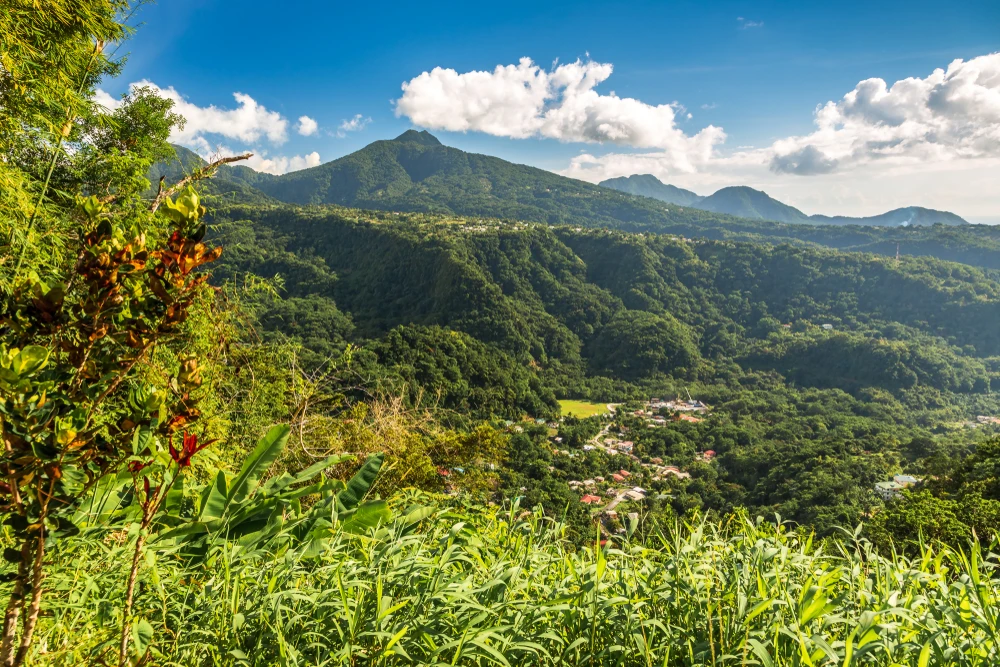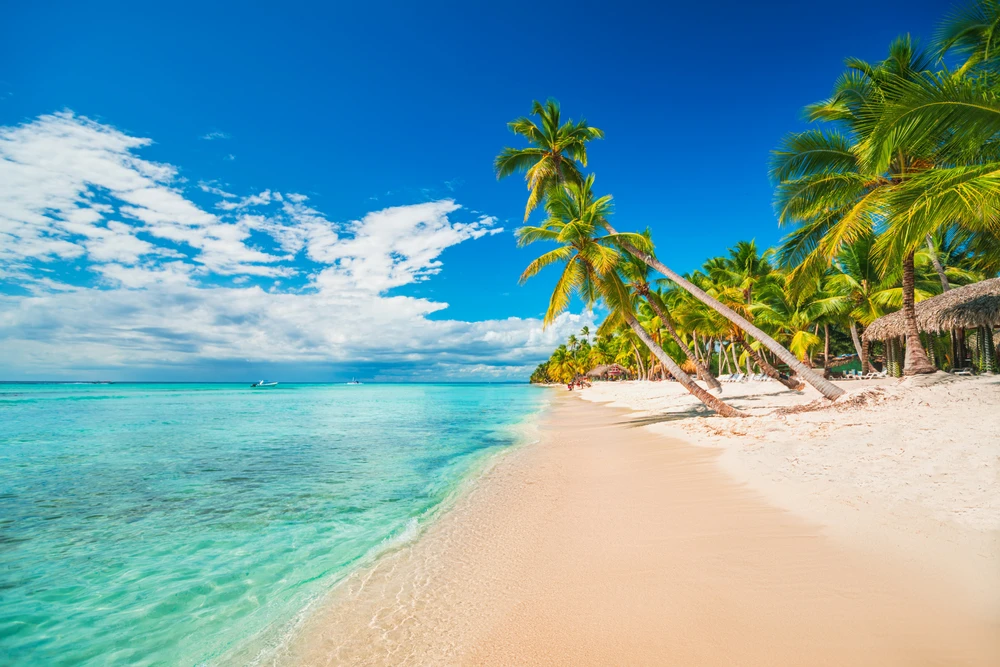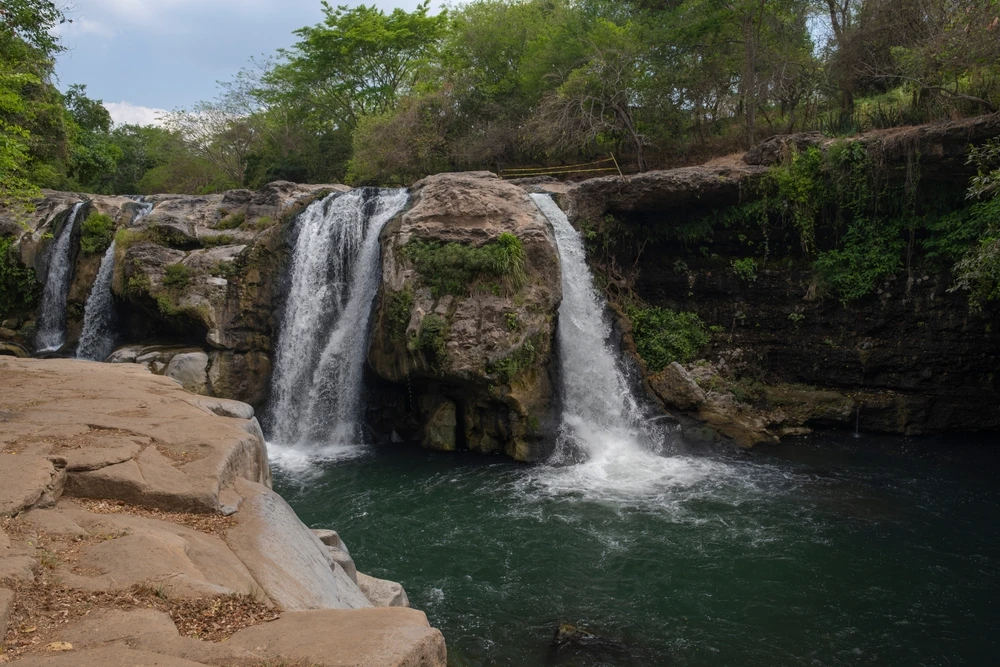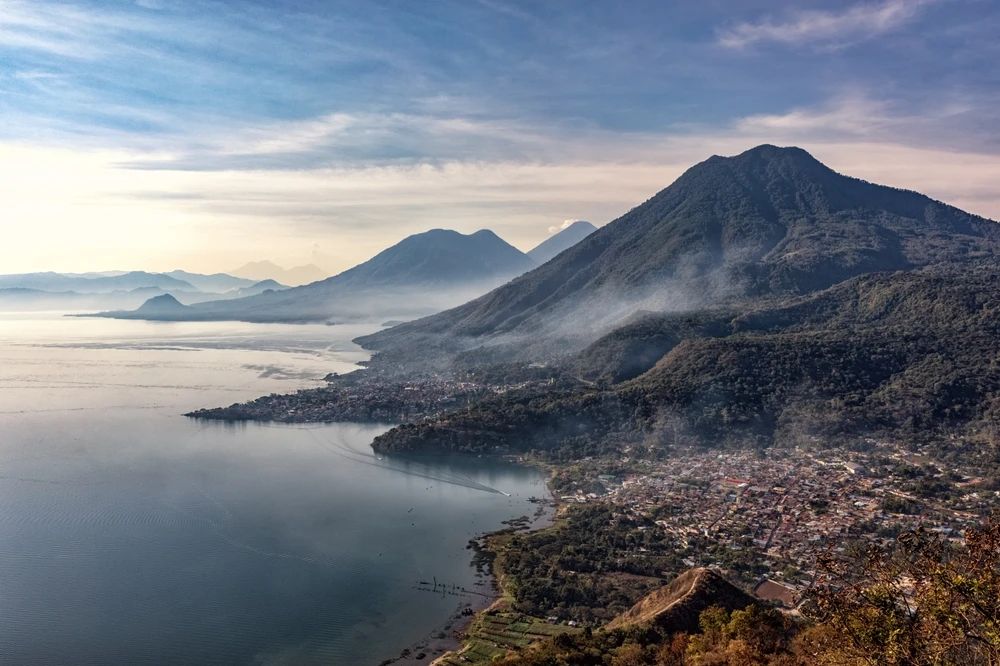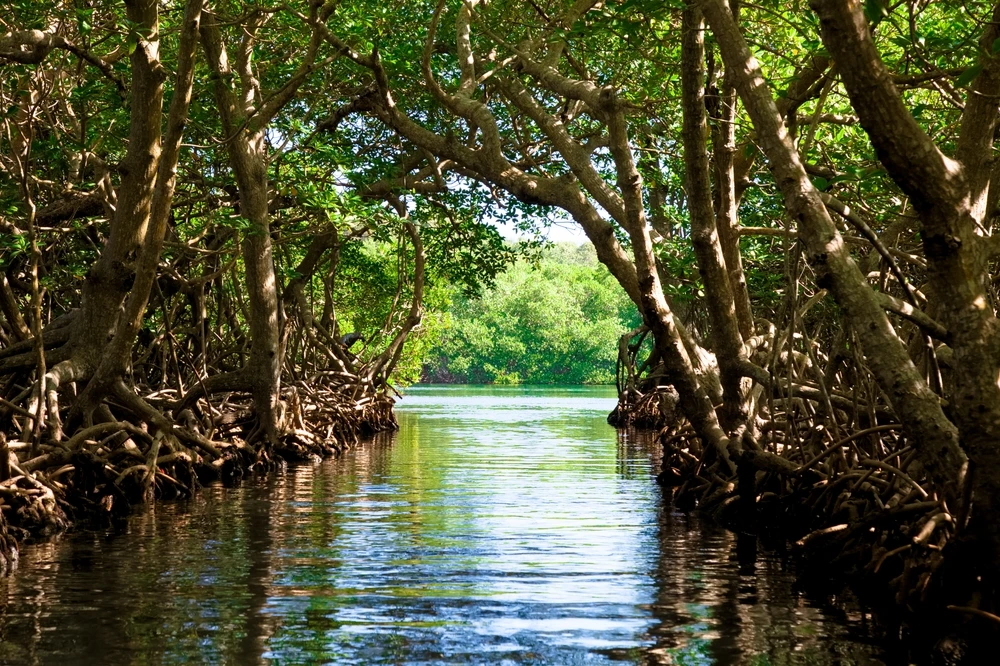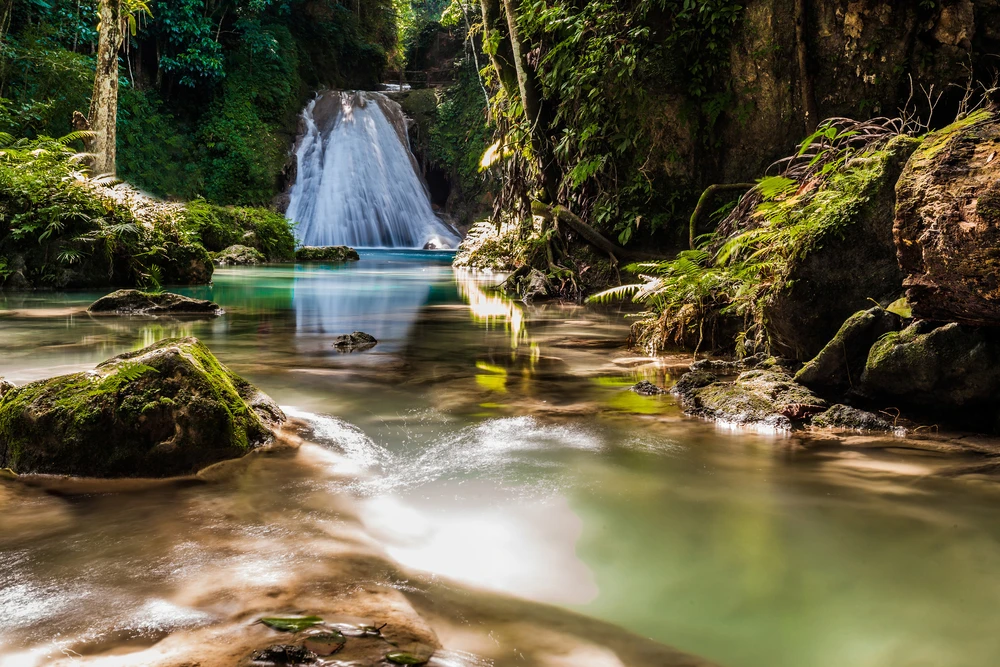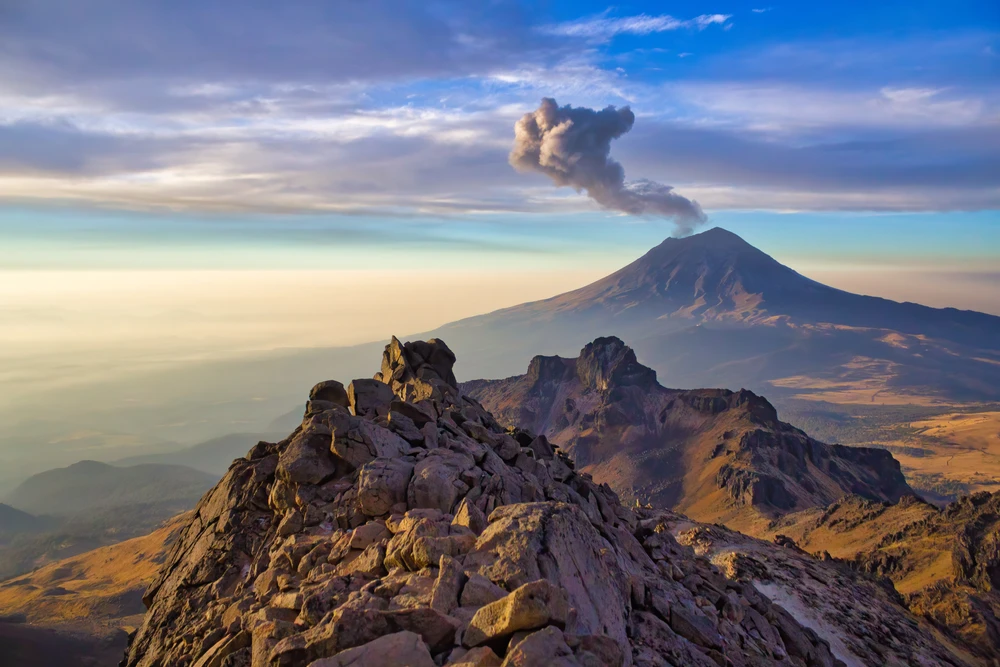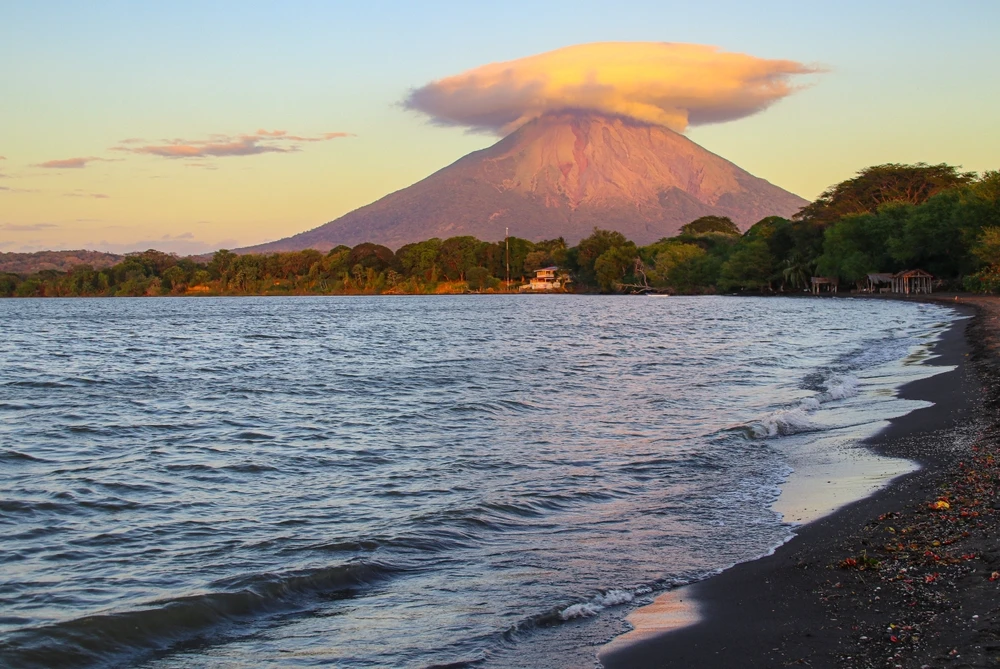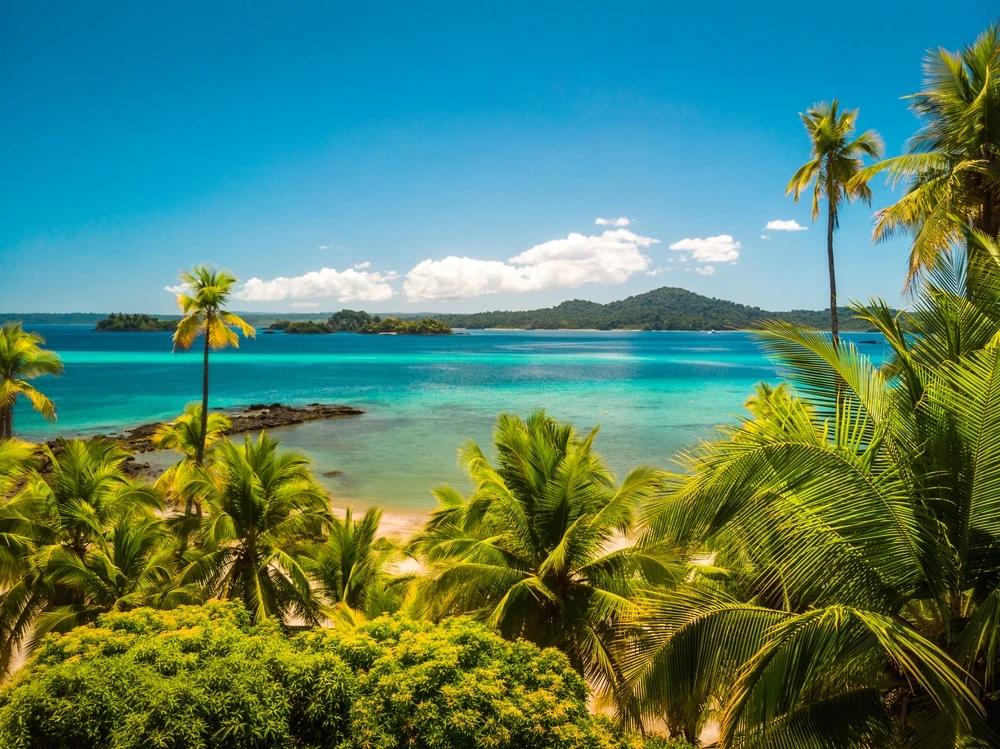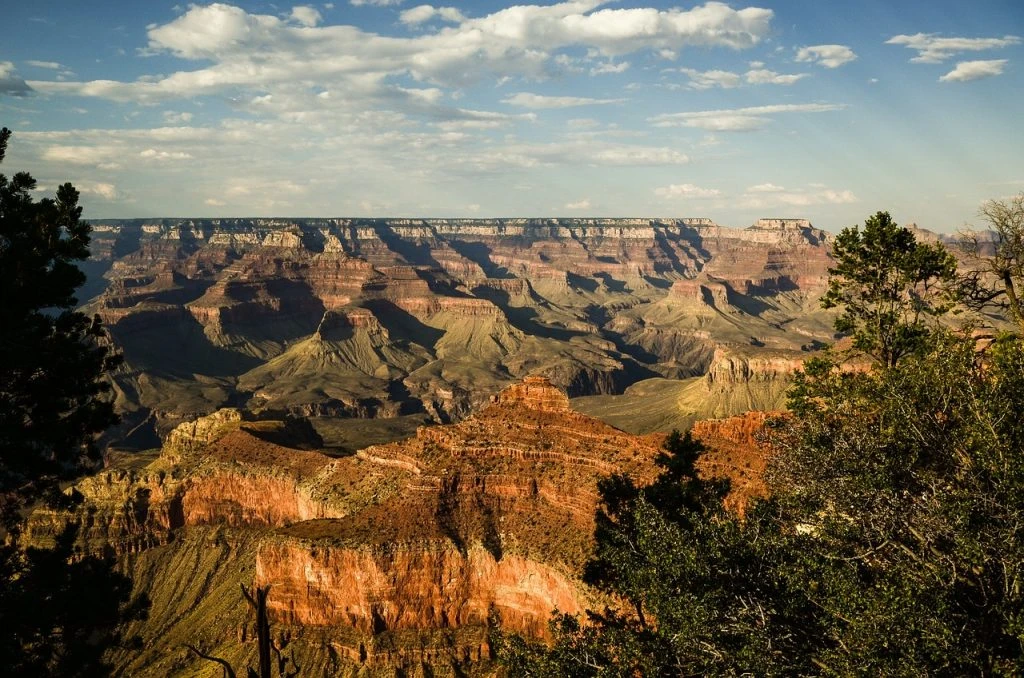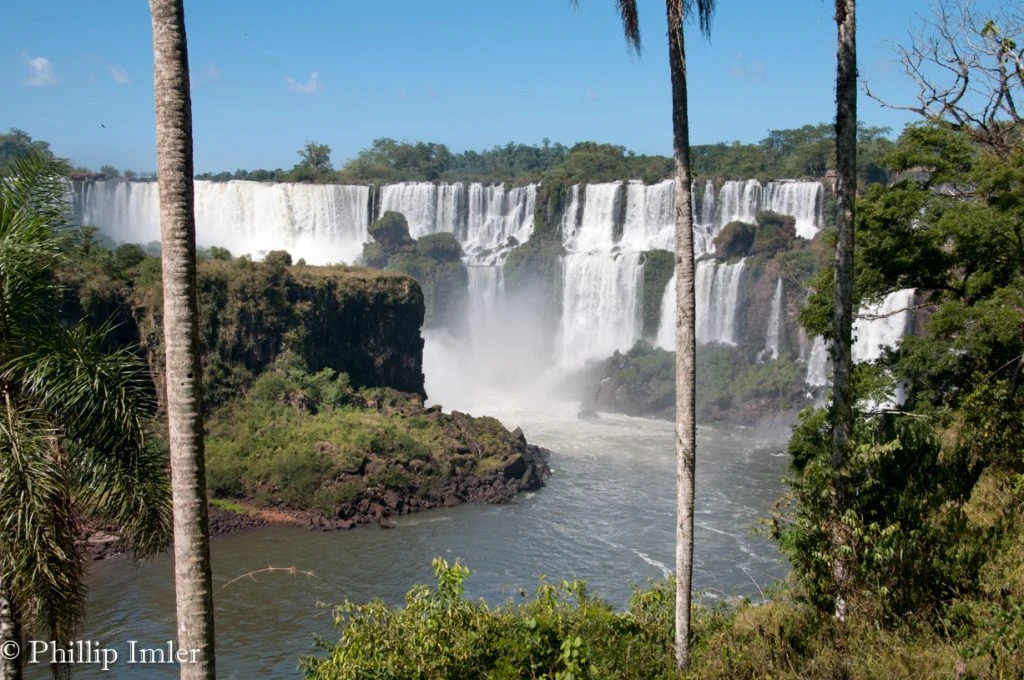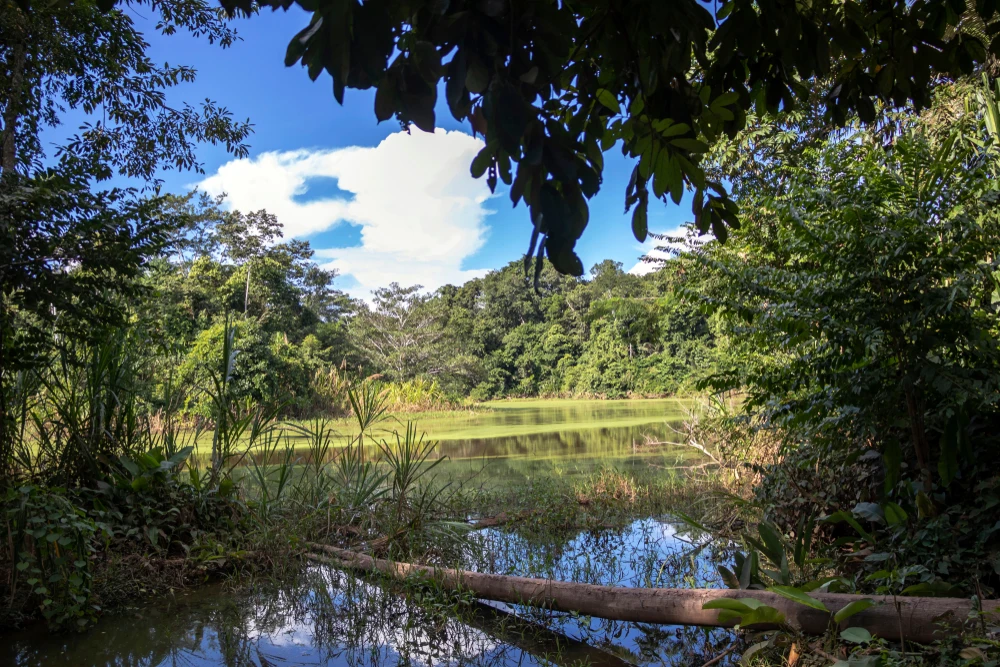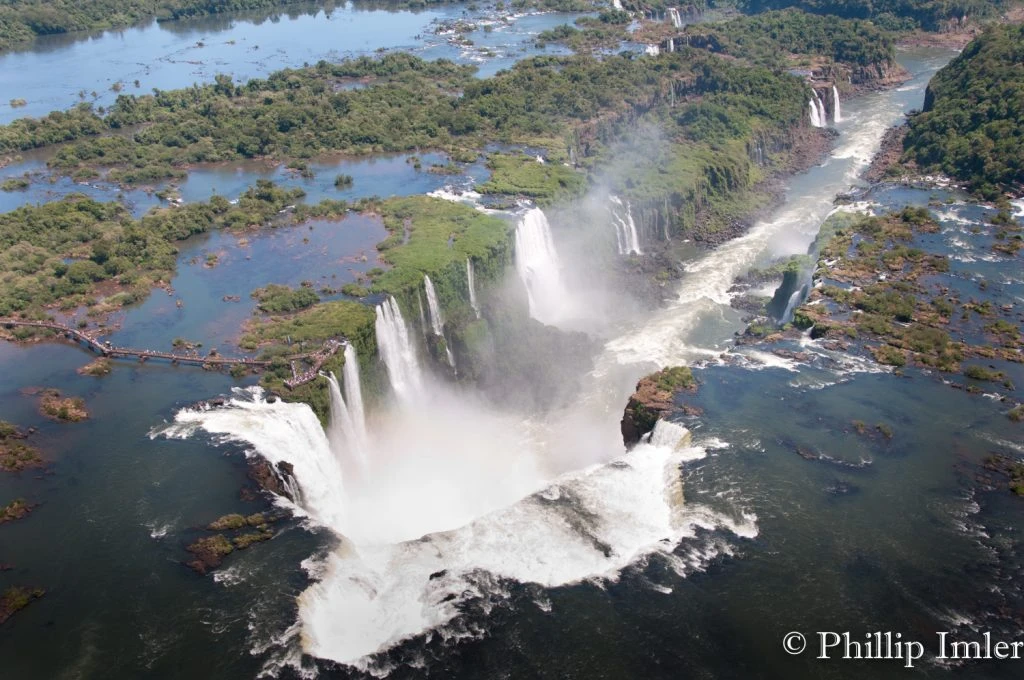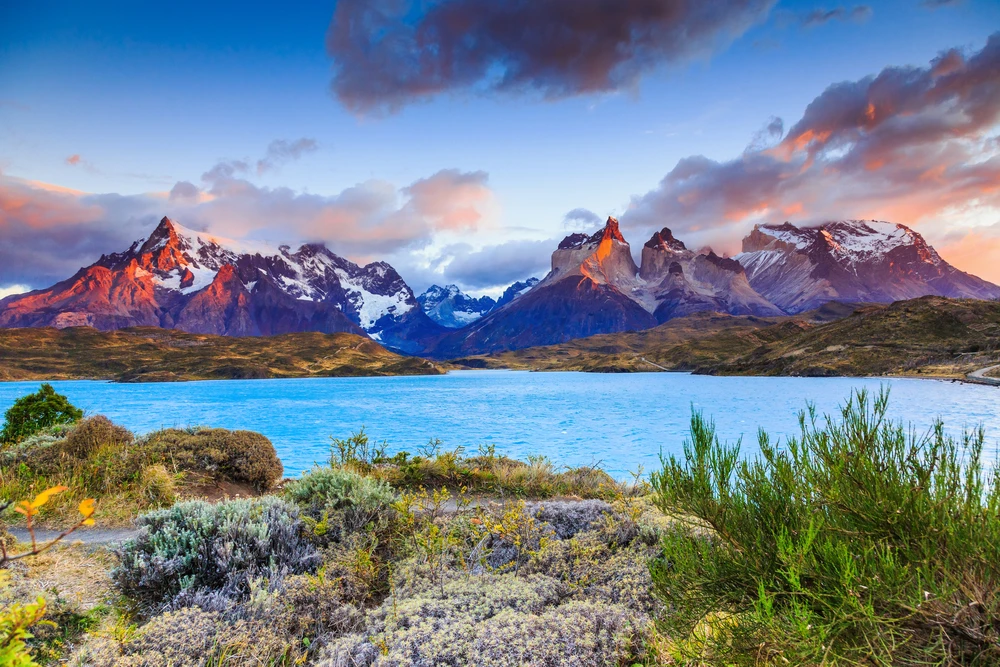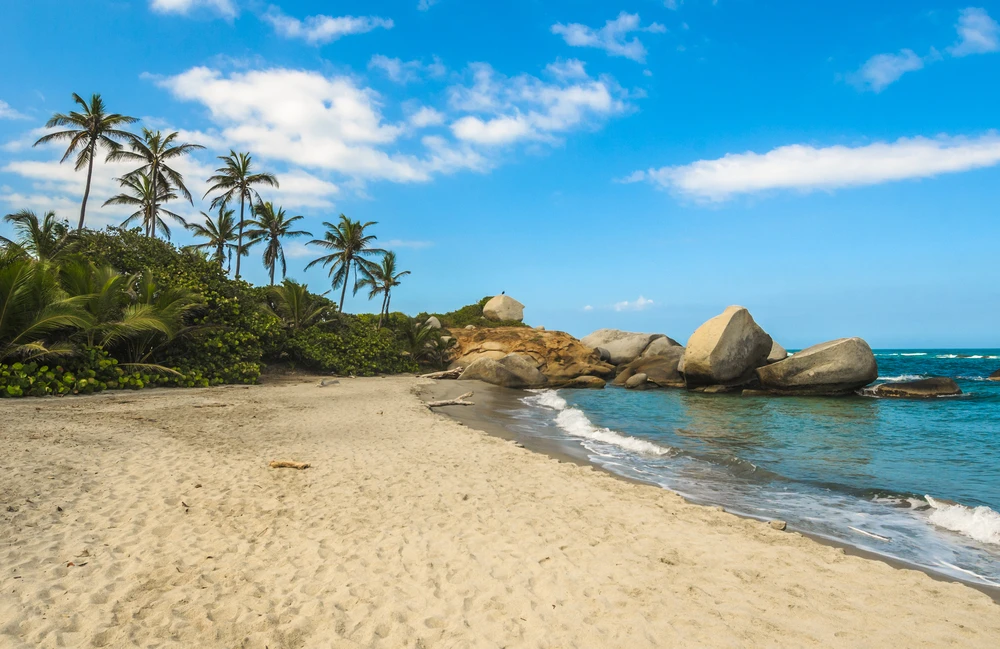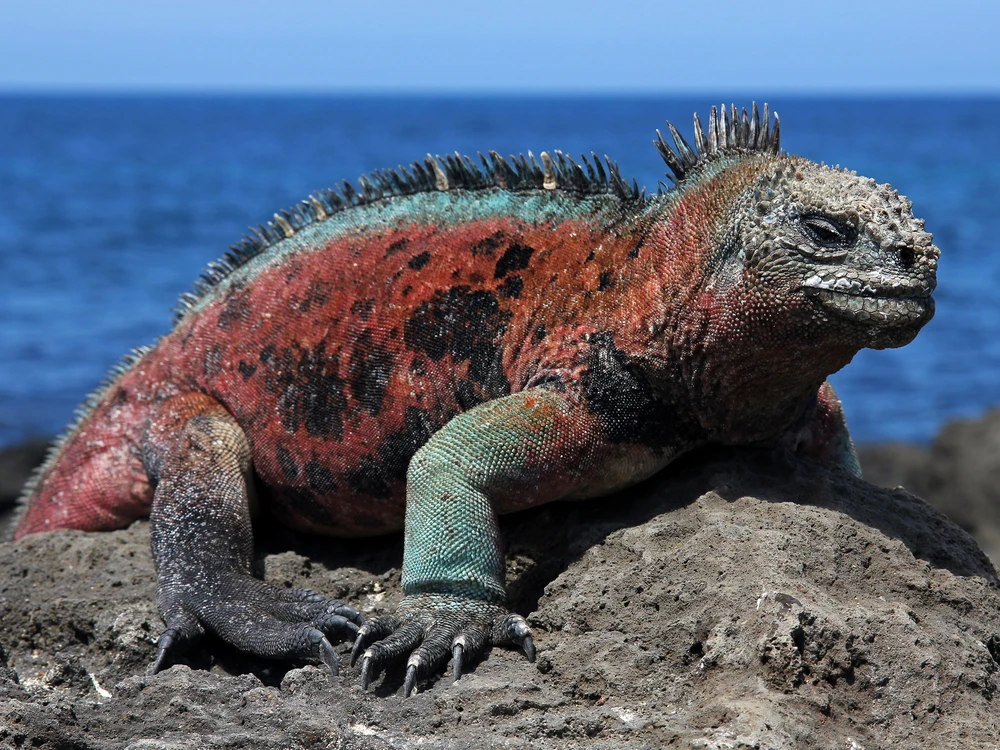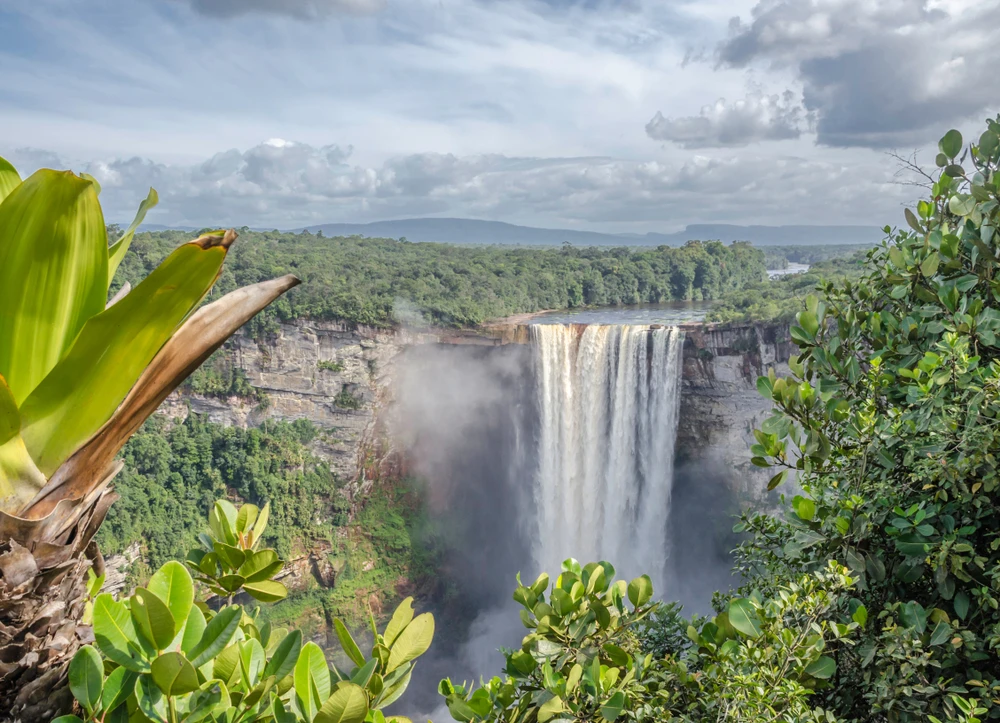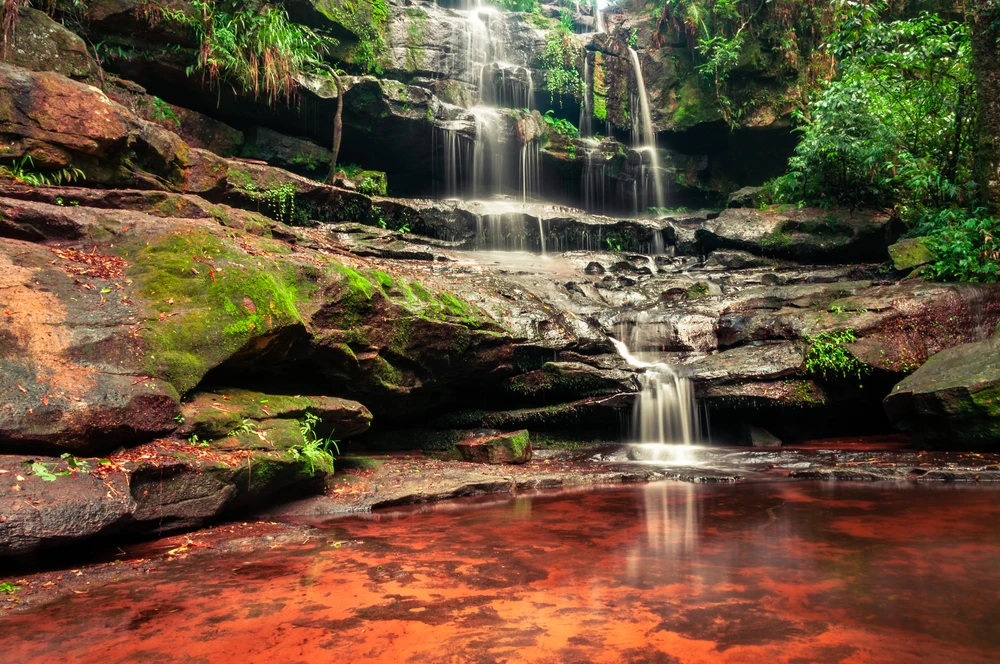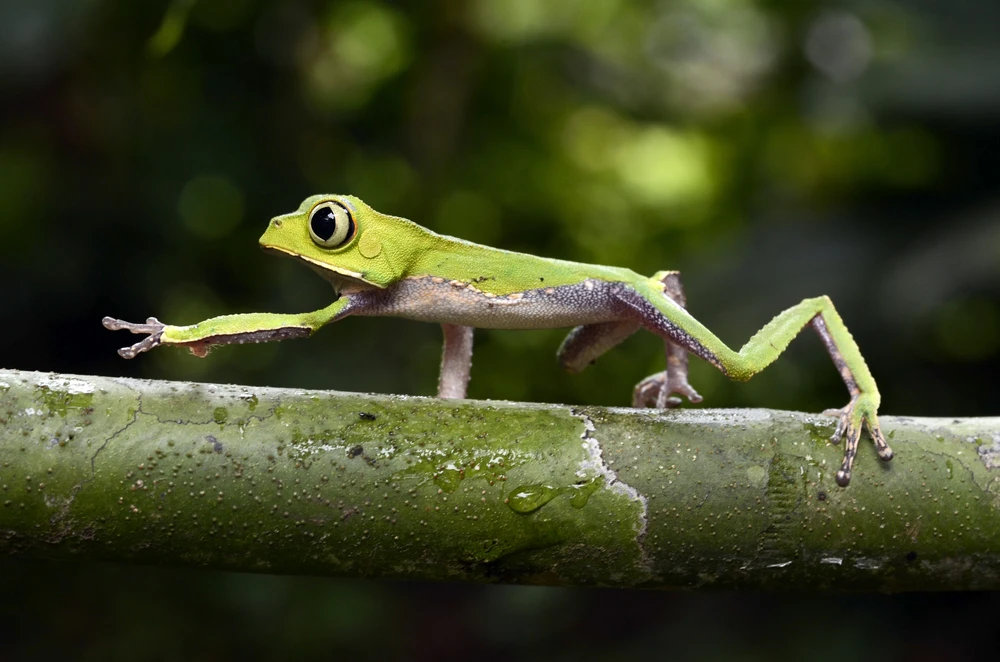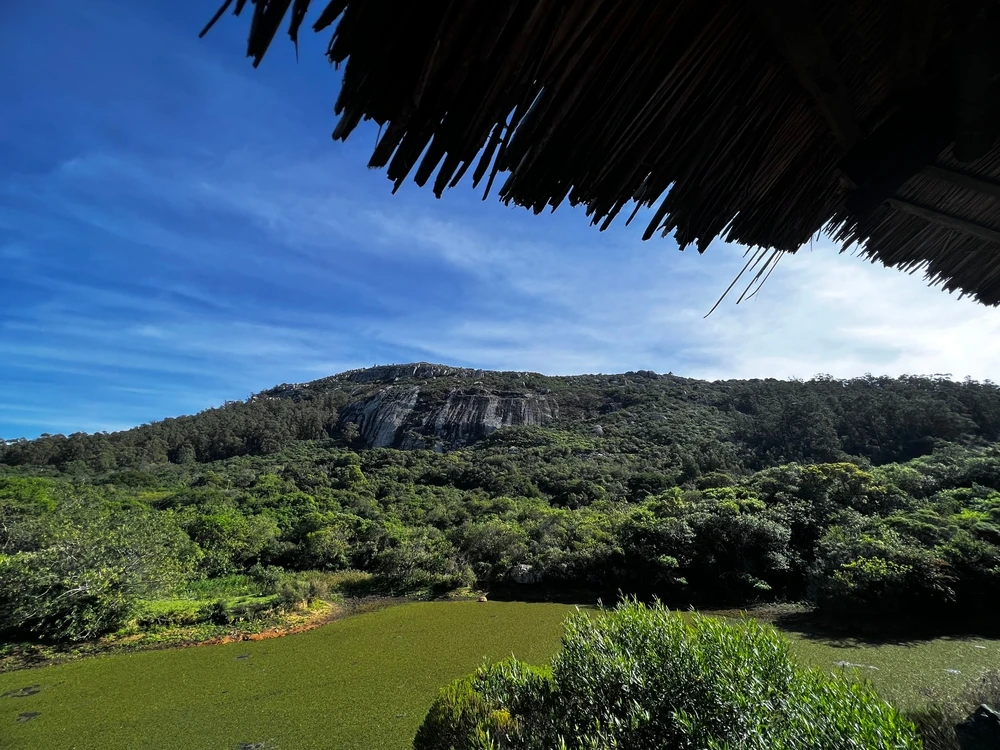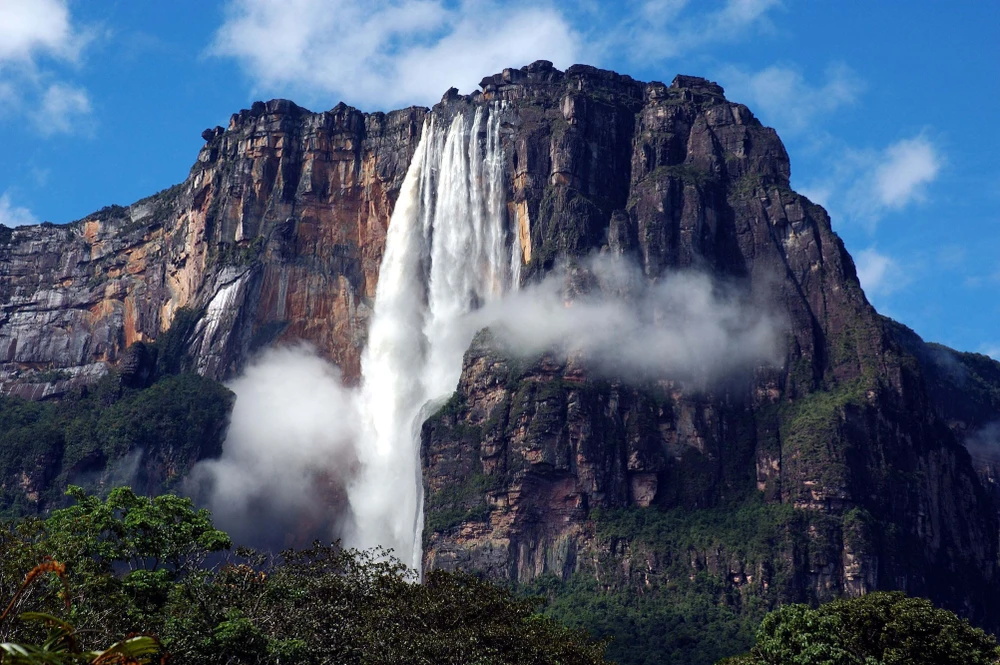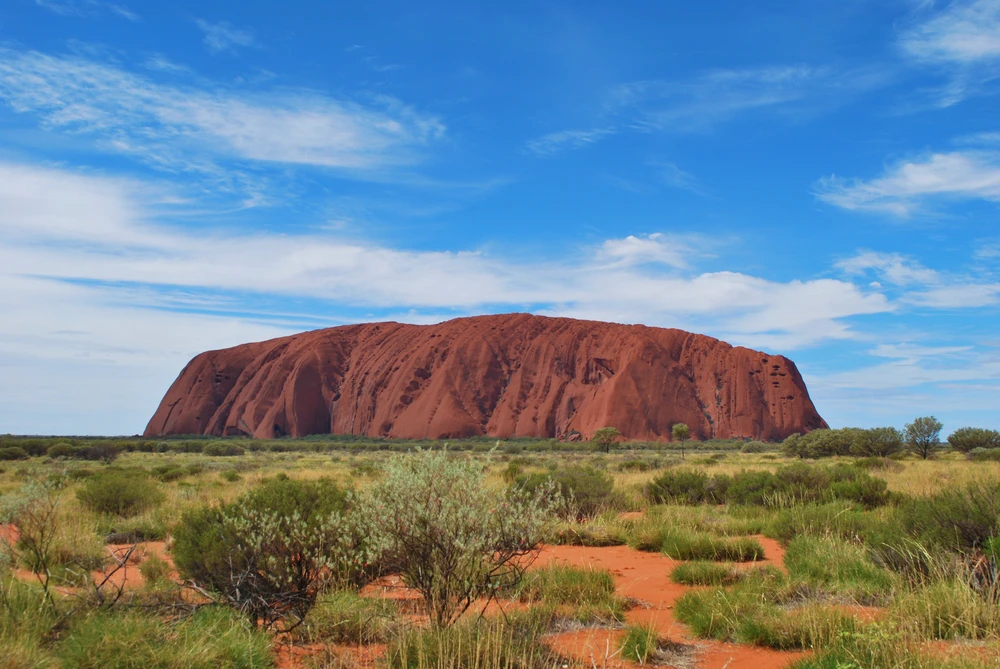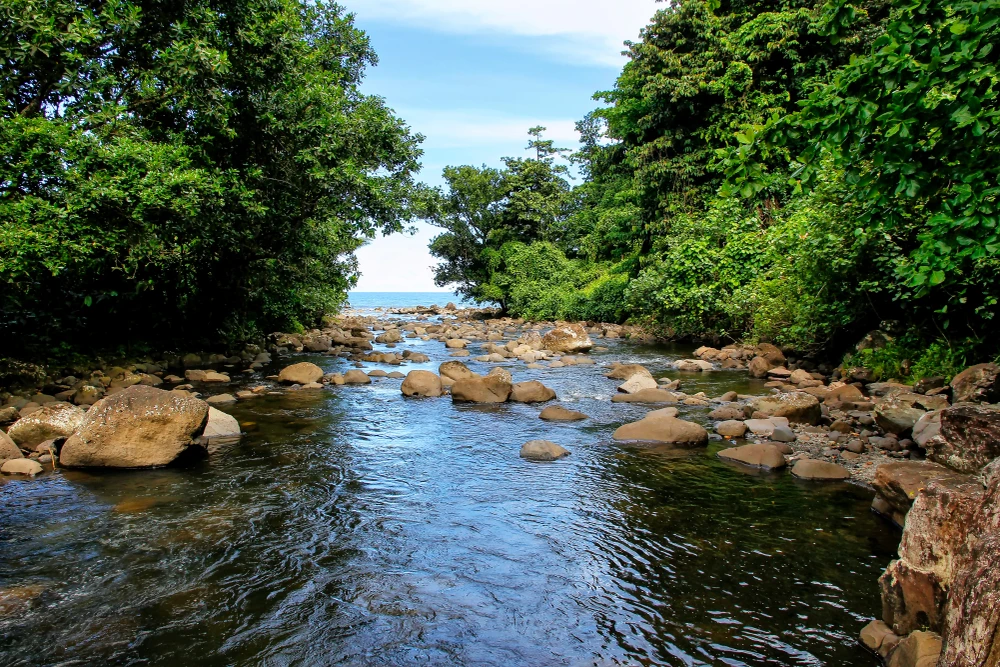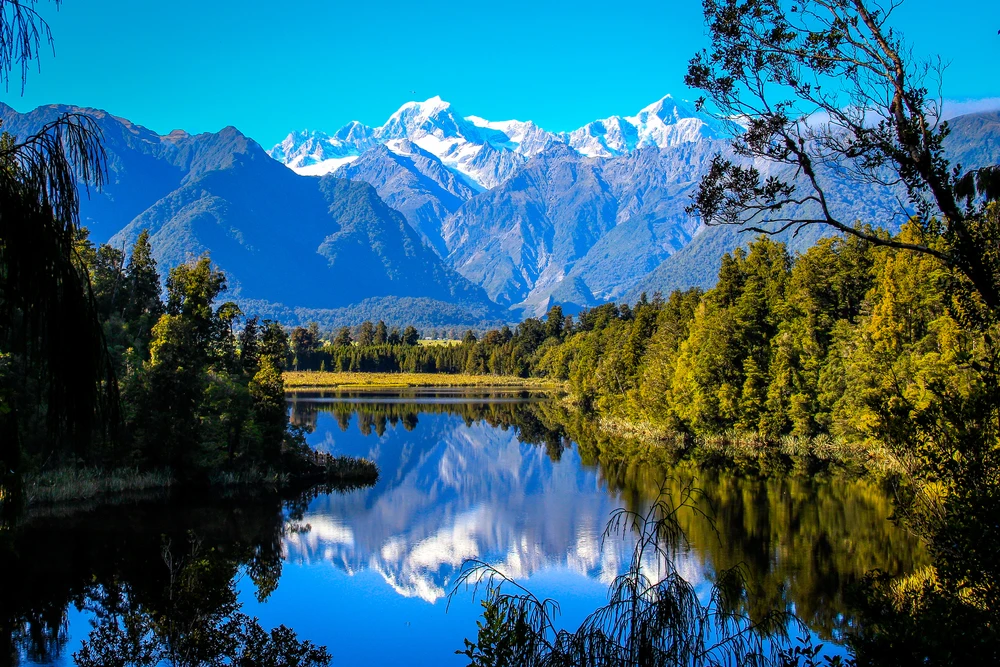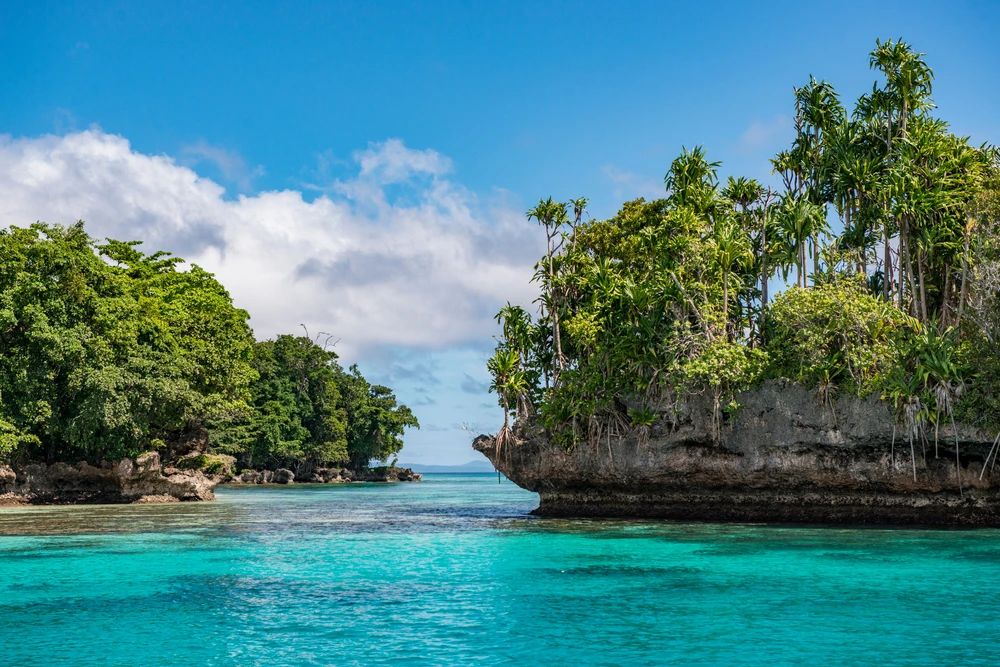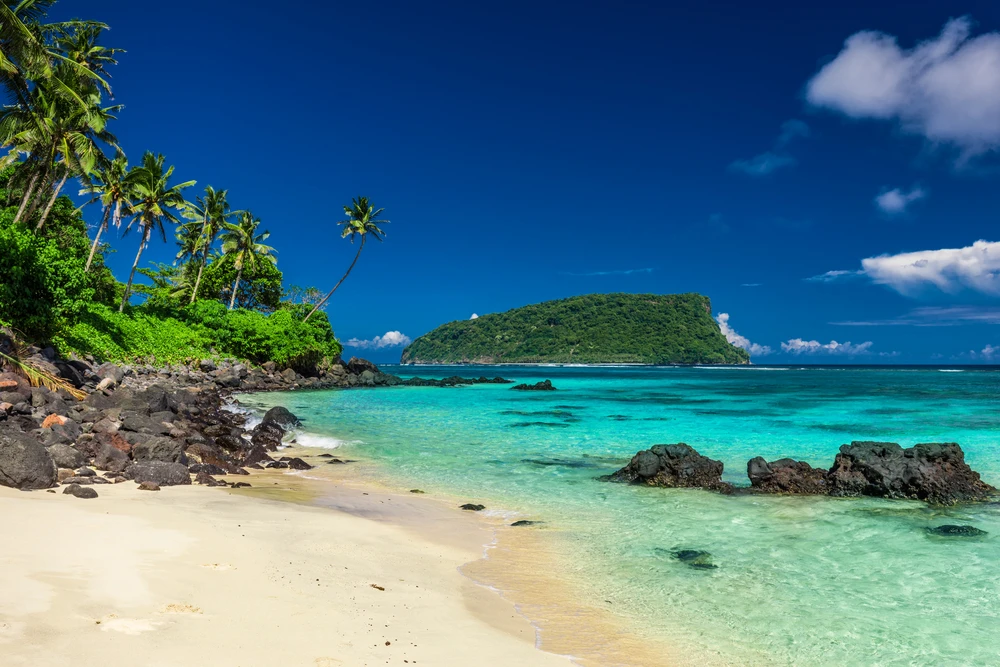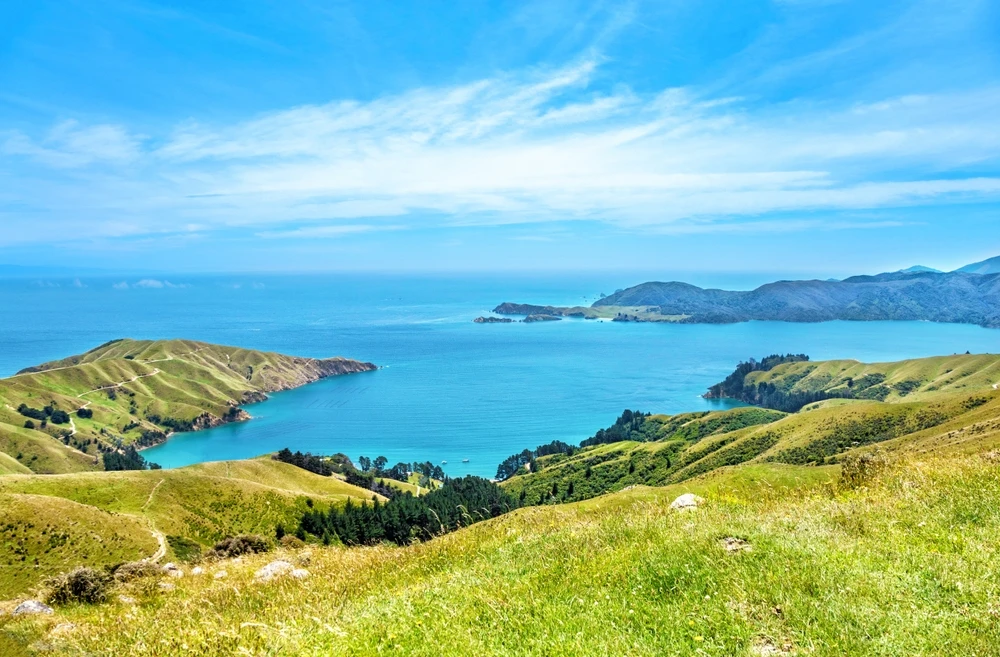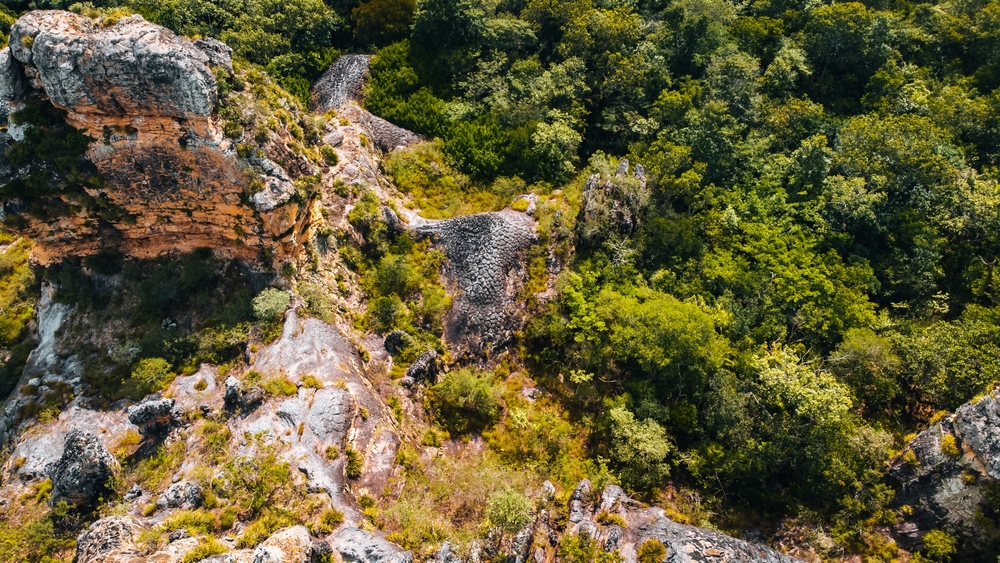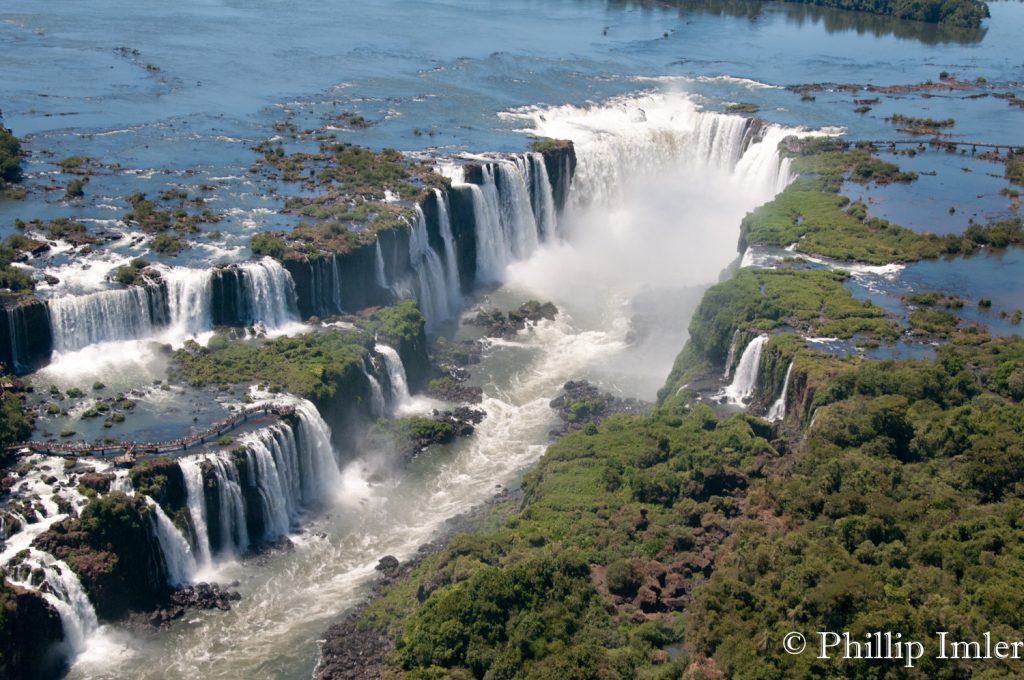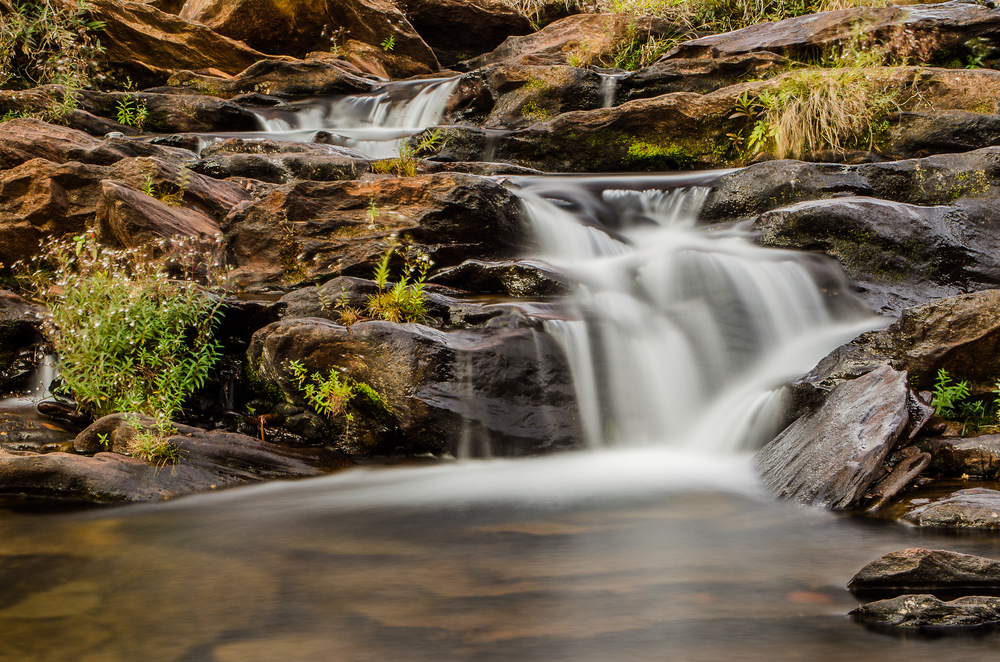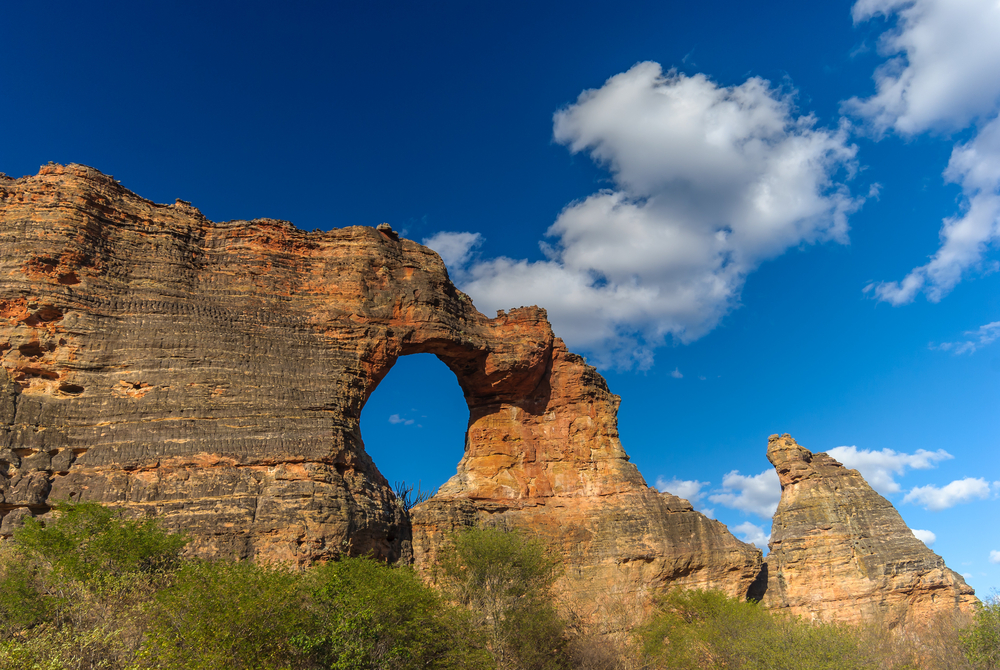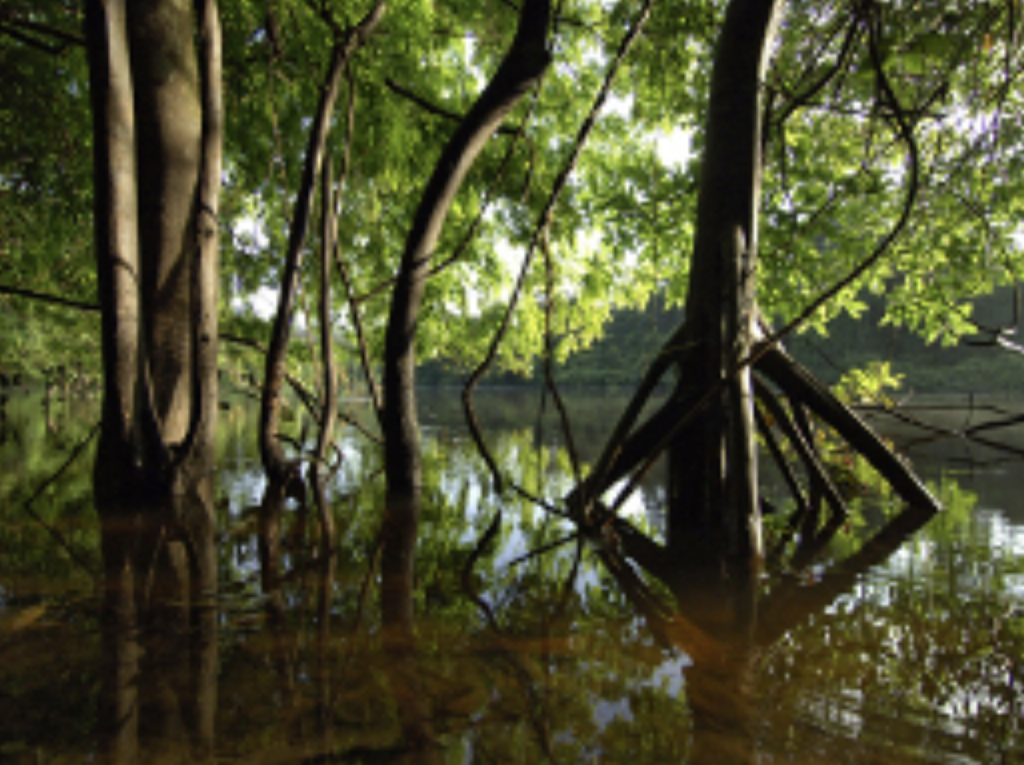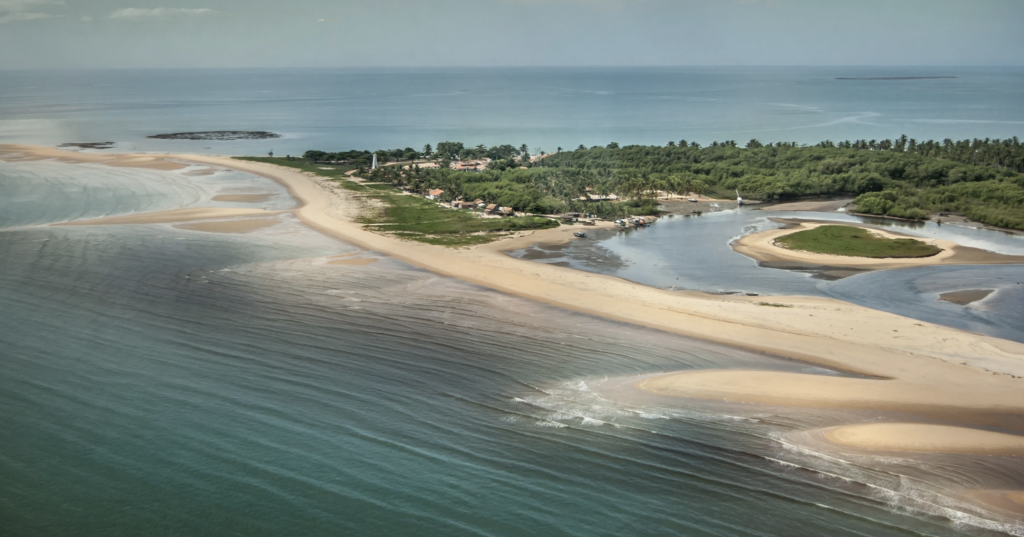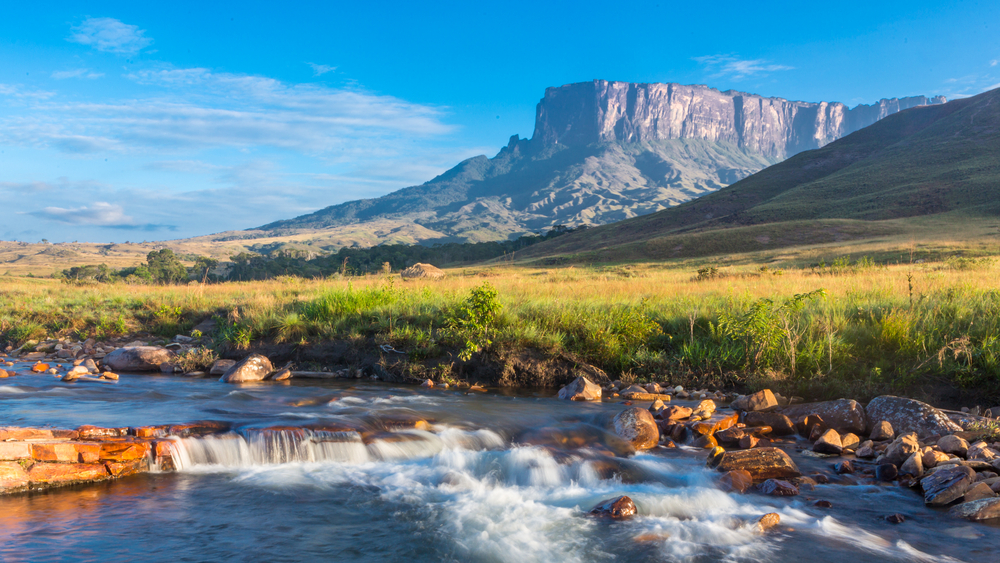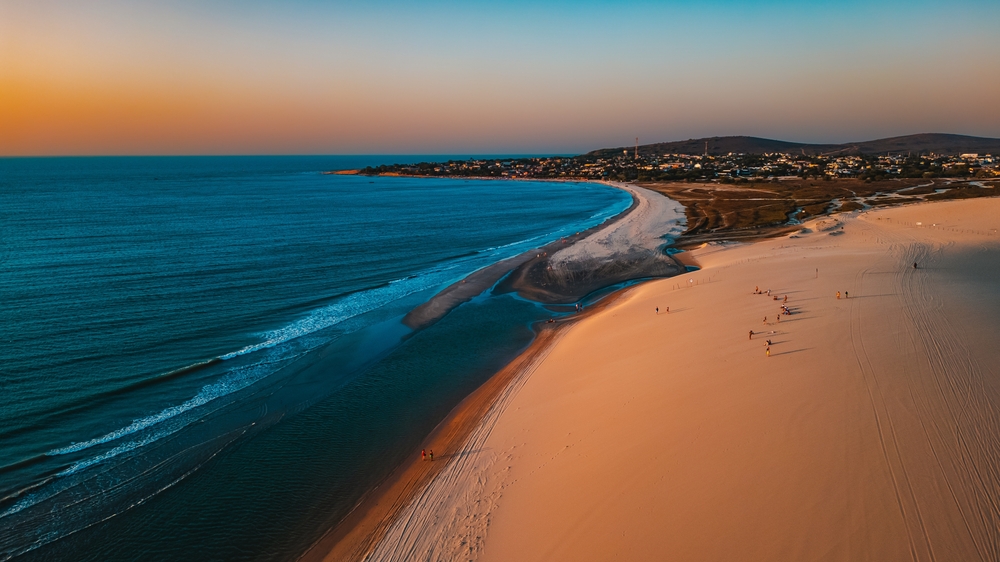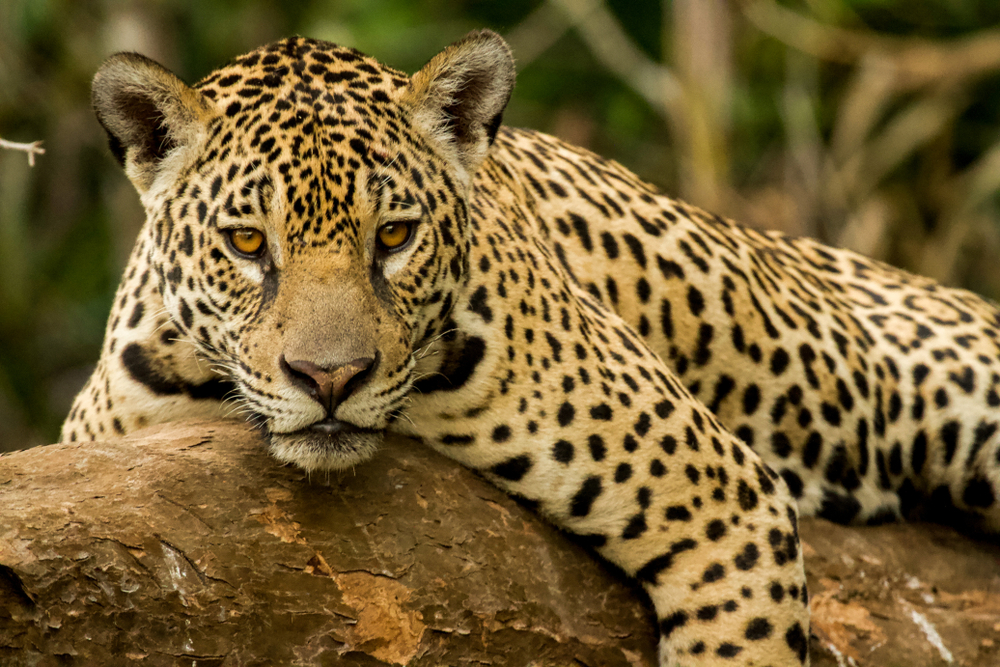Sete Cidades Overview
Sete Cidades National Park, or Parque Nacional de Sete Cidades in Portuguese, is a protected area in northeastern Brazil, specifically in the state of Piauí. Covering approximately 62 square miles (161 square kilometers), the park is renowned for its striking rock formations, ancient cave paintings, and diverse ecosystems.
The name “Sete Cidades” translates to “Seven Cities,” a reference to the seven distinct clusters of massive rock formations that resemble ruined cities. These formations have been shaped over millions of years by erosion, creating an otherworldly landscape filled with arches, caves, and towering stone walls.
The park’s terrain is a mix of dry forests, savannah-like vegetation, and rocky outcrops. The geological structures, primarily composed of sandstone, stand out dramatically against the surrounding greenery.
The park is also home to small rivers and seasonal waterfalls, which add to its scenic beauty. The flora includes species adapted to dry conditions, such as cacti, bromeliads, and twisted trees, which thrive in the arid climate. During the rainy season, the park’s vegetation becomes more lush, contrasting with the rugged rock formations.
Wildlife in Sete Cidades National Park includes a variety of mammals, birds, and reptiles. Visitors may encounter capuchin monkeys, armadillos, and foxes moving through the underbrush. The park is also home to the maned wolf, a rare and elusive species found in Brazil’s savannas.
Birdwatchers will find an abundance of species, including toucans, macaws, and hawks soaring above the rock formations. Reptiles, such as iguanas and snakes, are also common, taking advantage of the warm, sunlit rocks for basking.
One of the park’s most popular attractions is its ancient rock art, which dates back thousands of years. These cave paintings, created by early indigenous peoples, depict human figures, animals, and mysterious symbols, offering a glimpse into prehistoric life in the region.
Another well-known feature is the Arco do Triunfo, a natural sandstone arch resembling a grand gateway, and Pedra da Tartaruga, a rock formation shaped like a turtle. The park’s unique geological formations and historical significance make it a favorite among travelers interested in both nature and archaeology.
Visitors can explore the park through a network of hiking trails, some leading to viewpoints overlooking the rock formations and surrounding forests. Guided tours are available, providing insights into the park’s history, geology, and wildlife.
Cycling is another popular way to navigate the park’s terrain, allowing for a more immersive experience. Wildlife enthusiasts often bring binoculars and cameras to capture the diverse bird species and elusive mammals. Many visitors also take the opportunity to learn about the region’s indigenous history through the park’s rock art sites.
Conservation efforts in Sete Cidades National Park focus on preserving its fragile ecosystems and protecting its archaeological treasures. The park faces challenges such as illegal hunting, deforestation, and climate change, which threaten its biodiversity.
However, conservation programs and park management initiatives have helped safeguard its natural and cultural heritage. Strict regulations on visitor activities ensure that the park remains protected while allowing people to appreciate its beauty and history.


